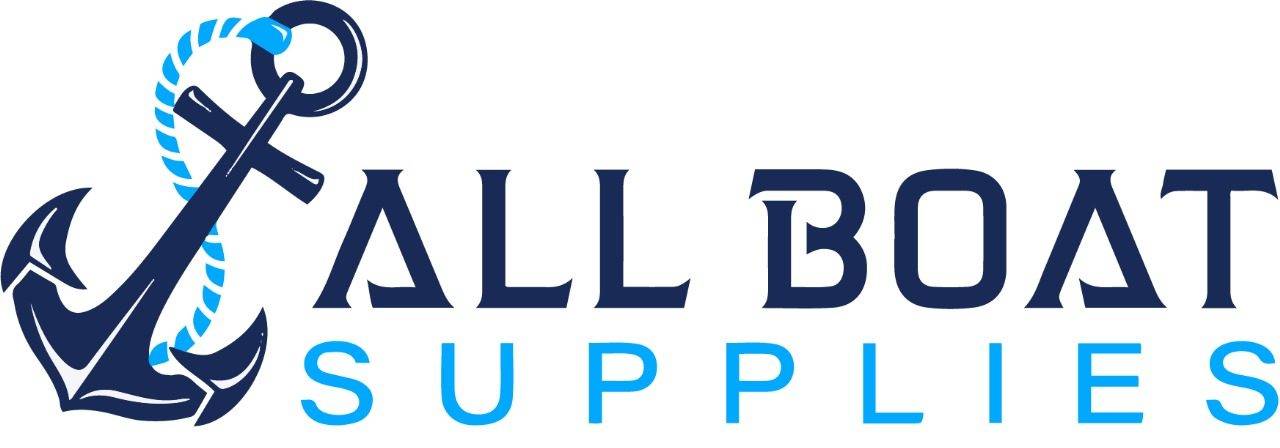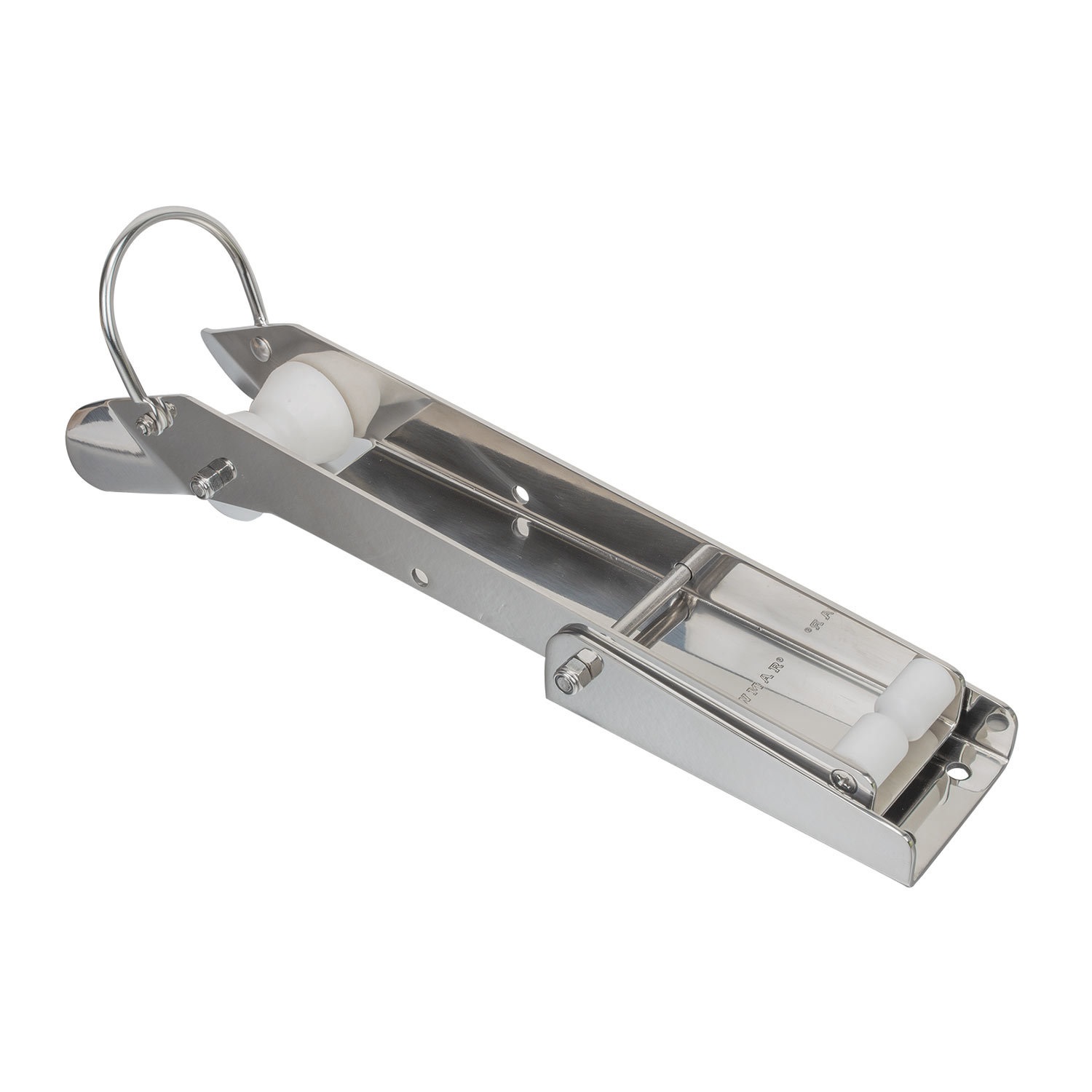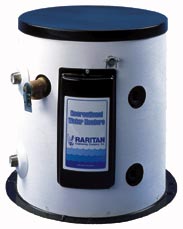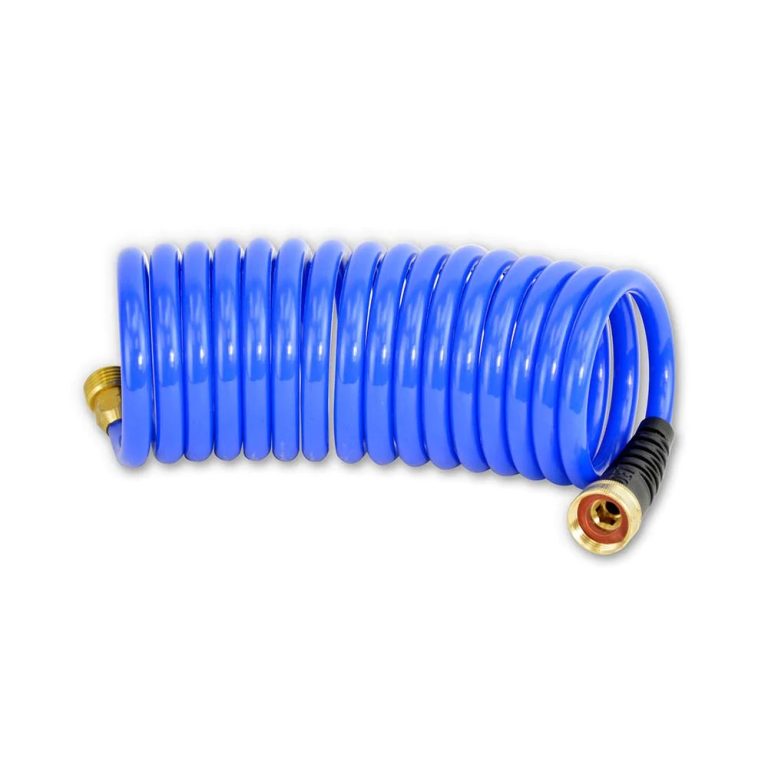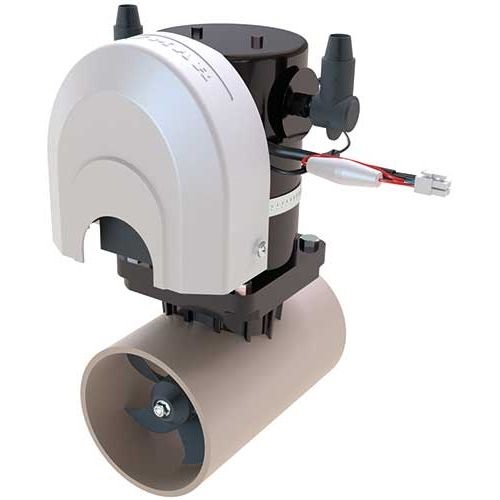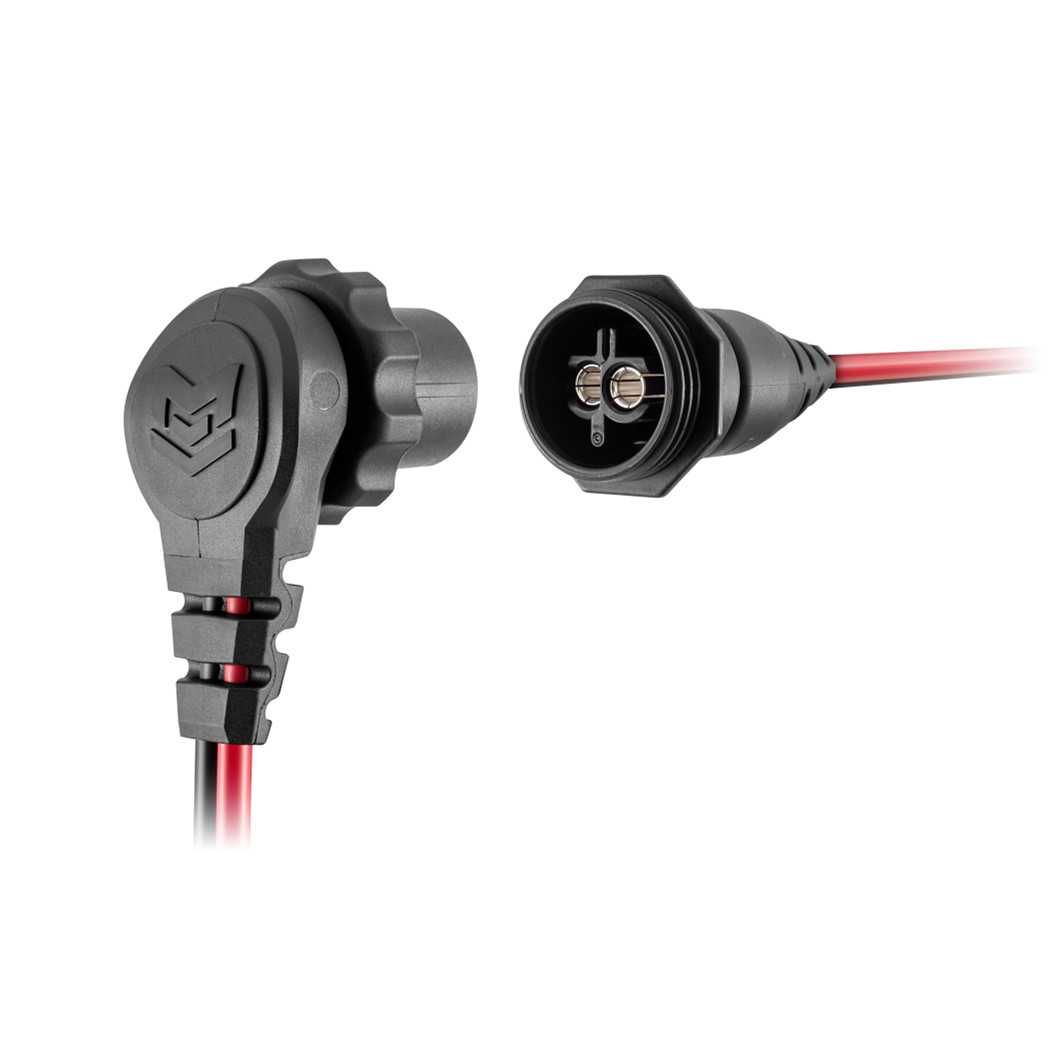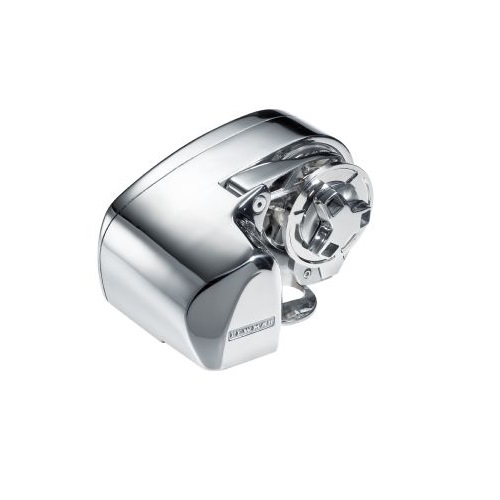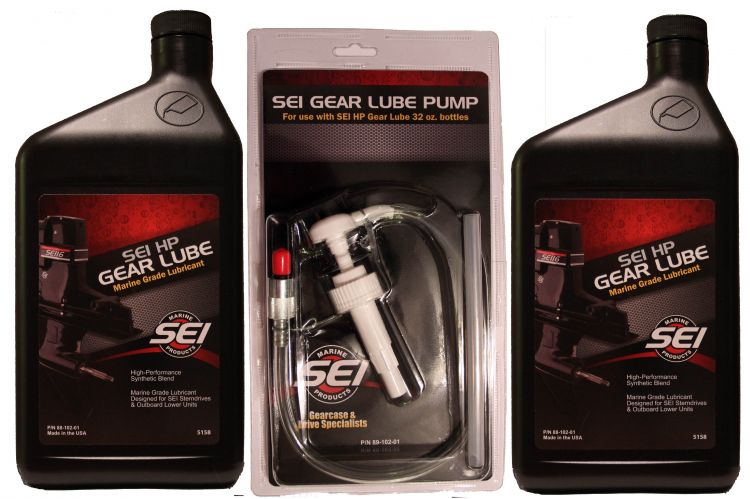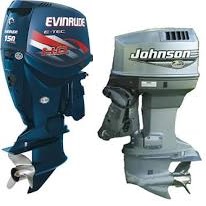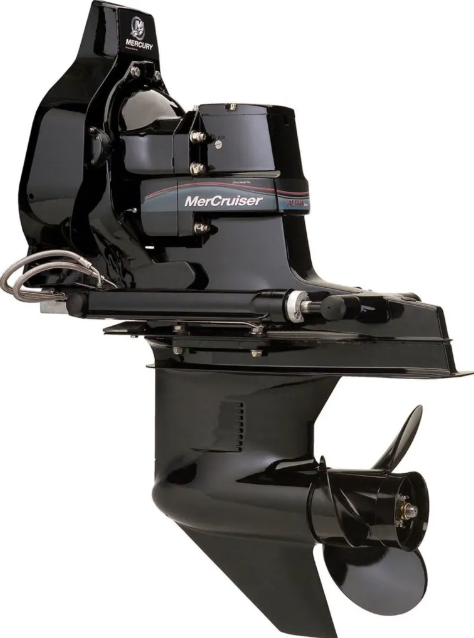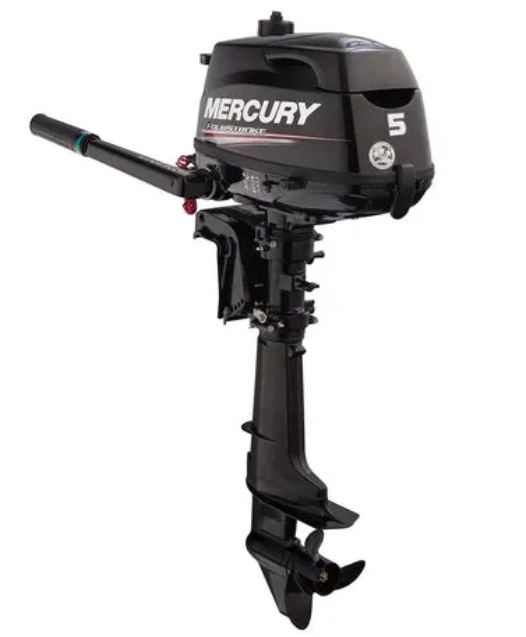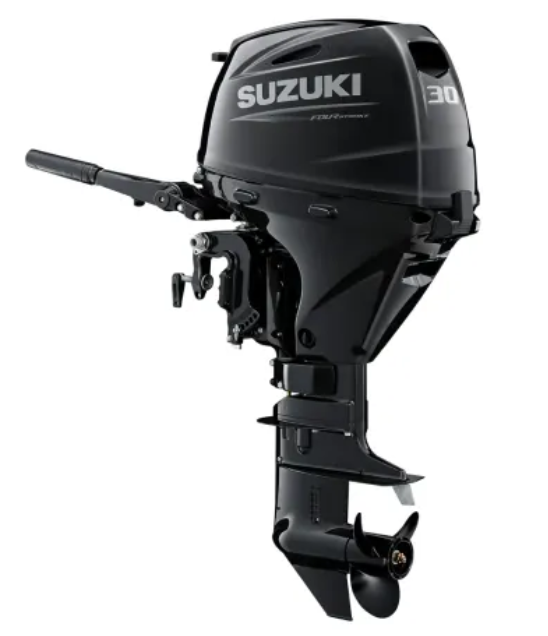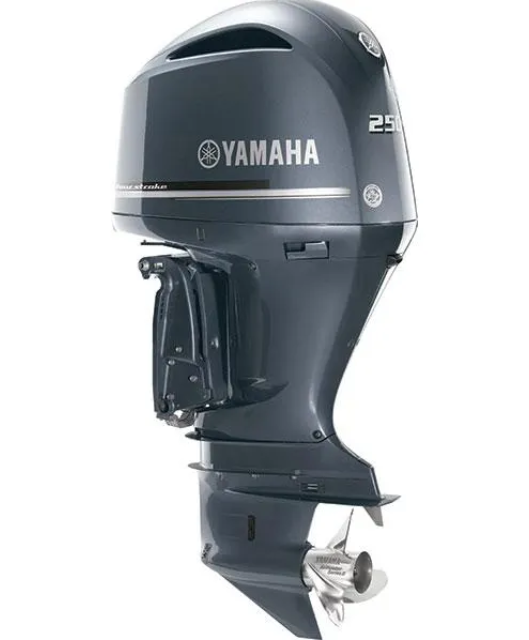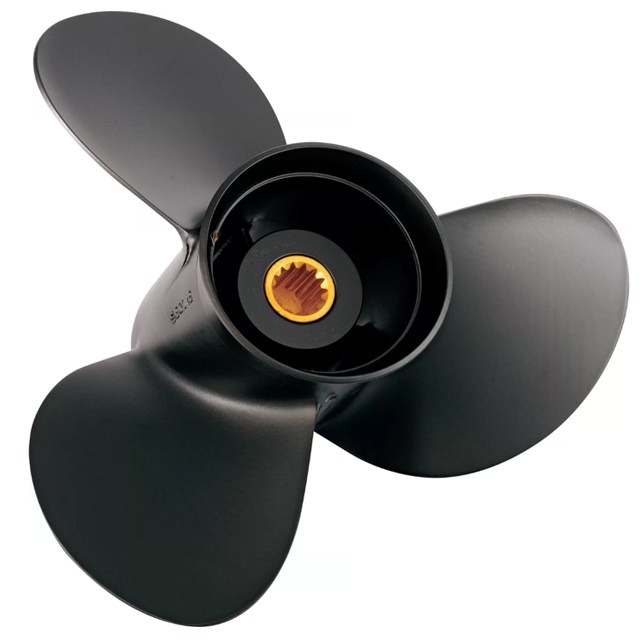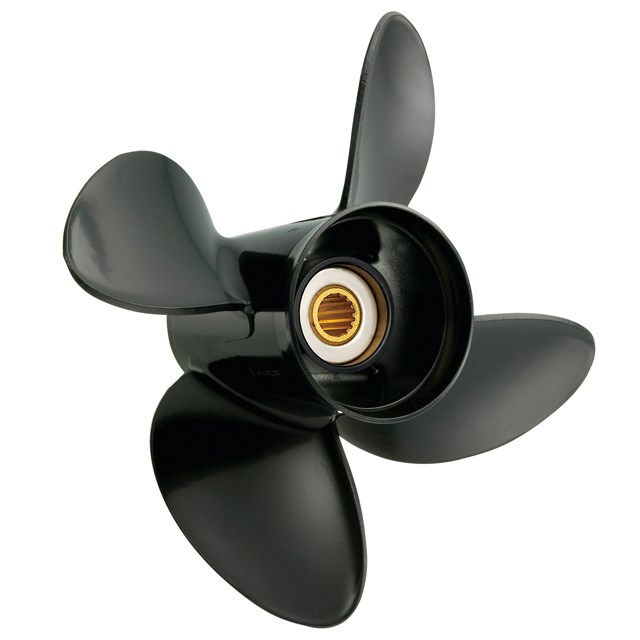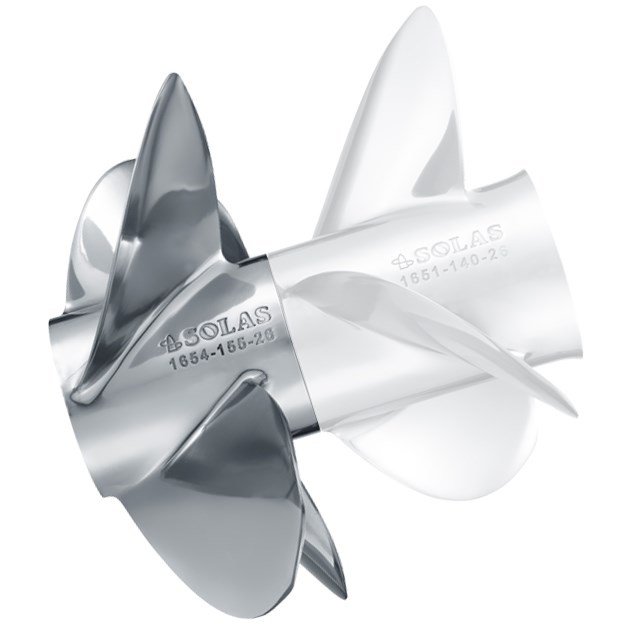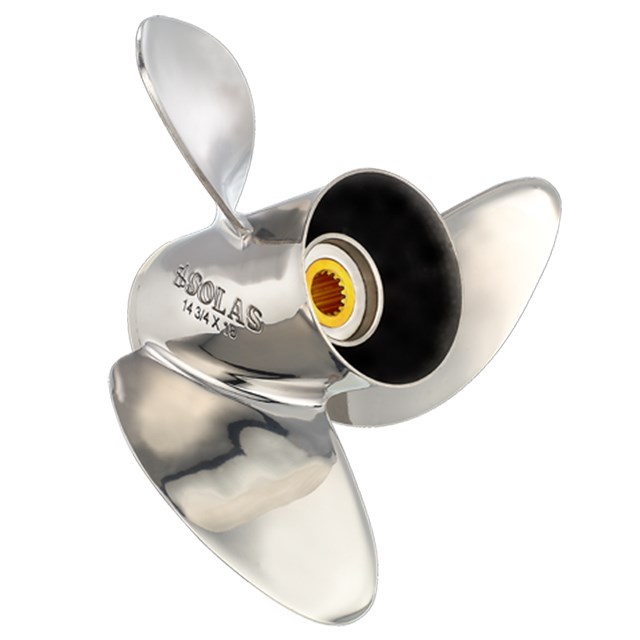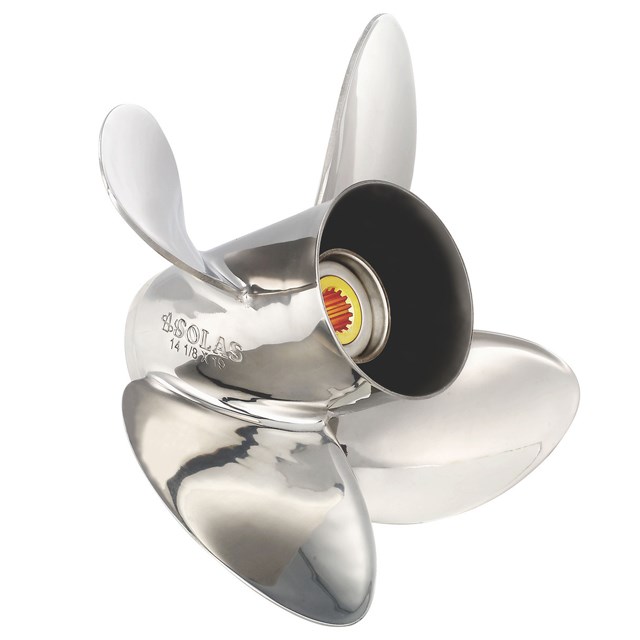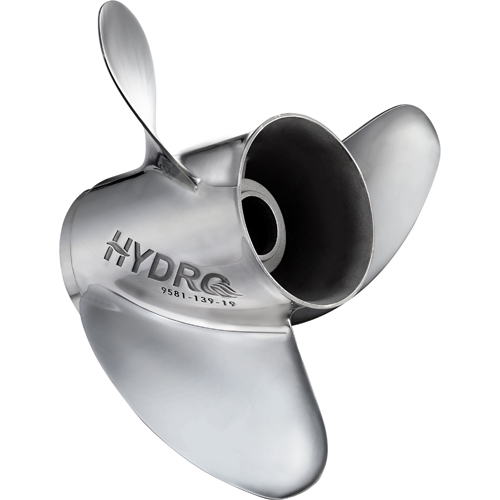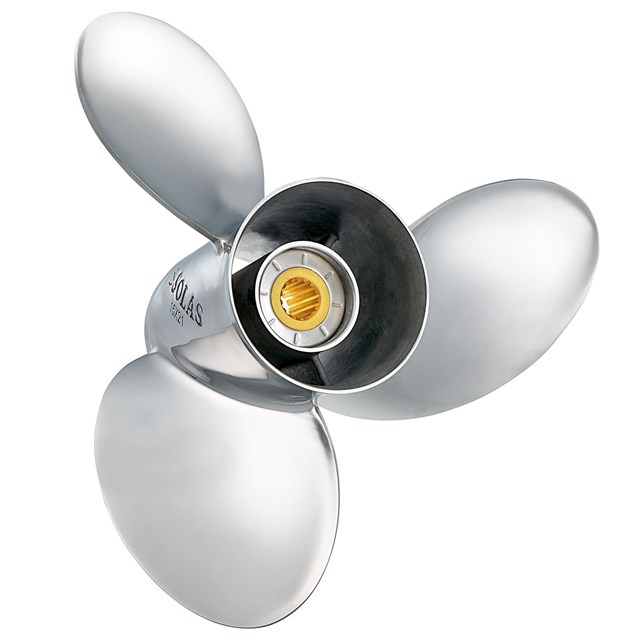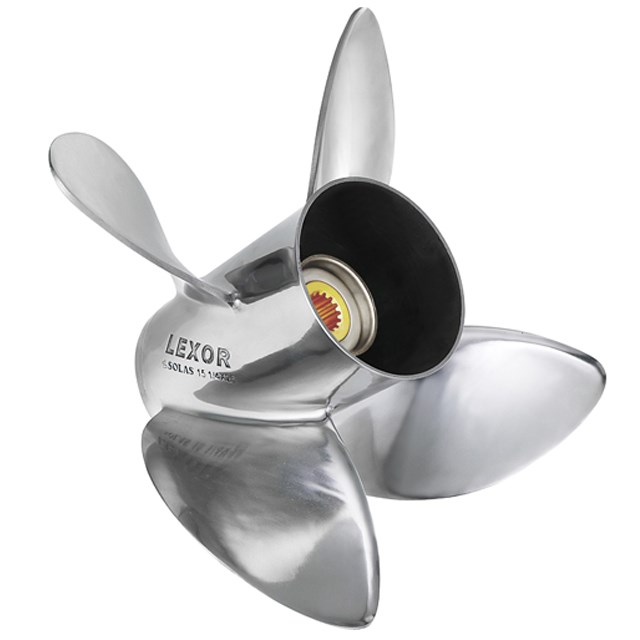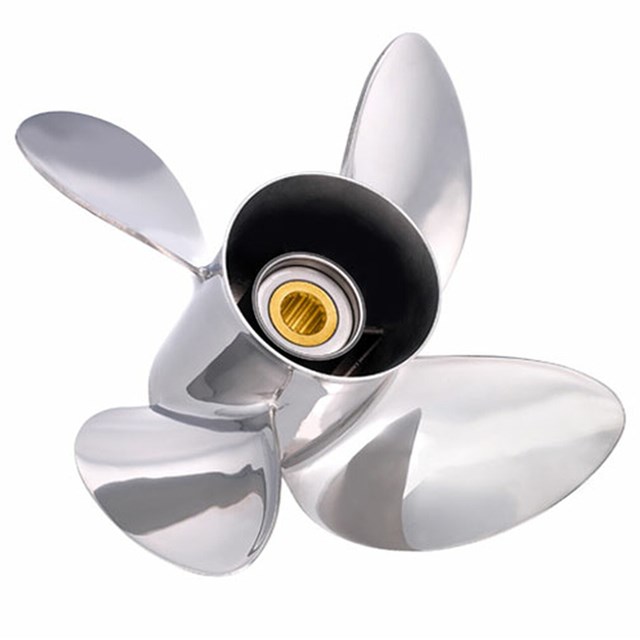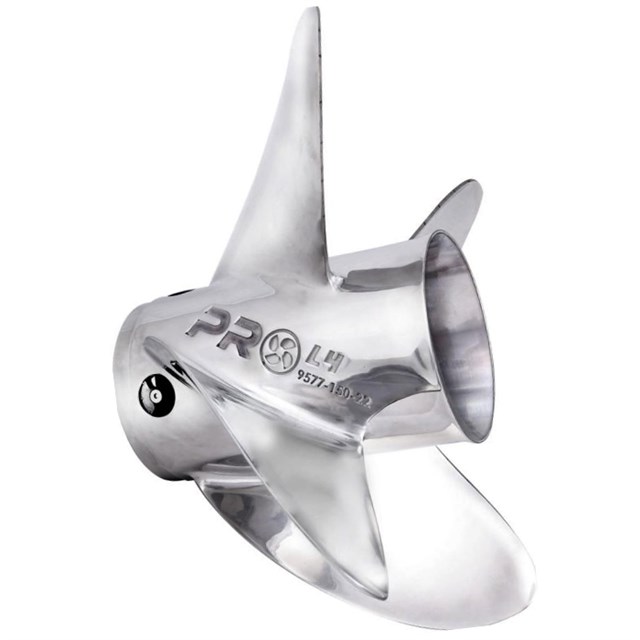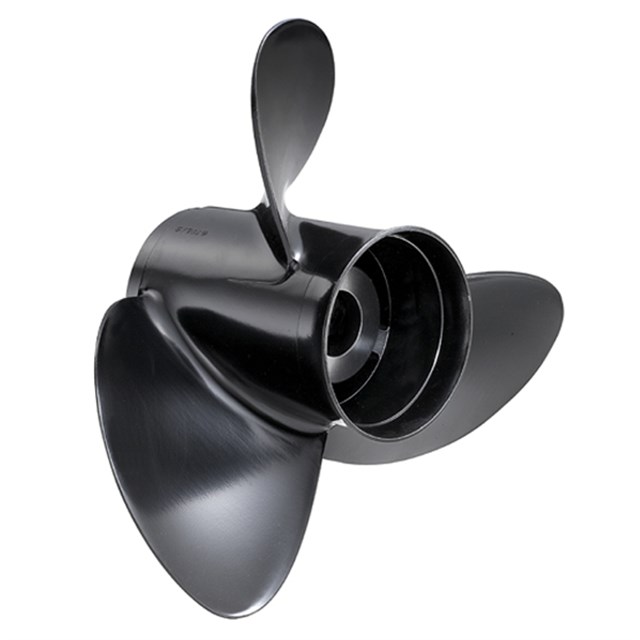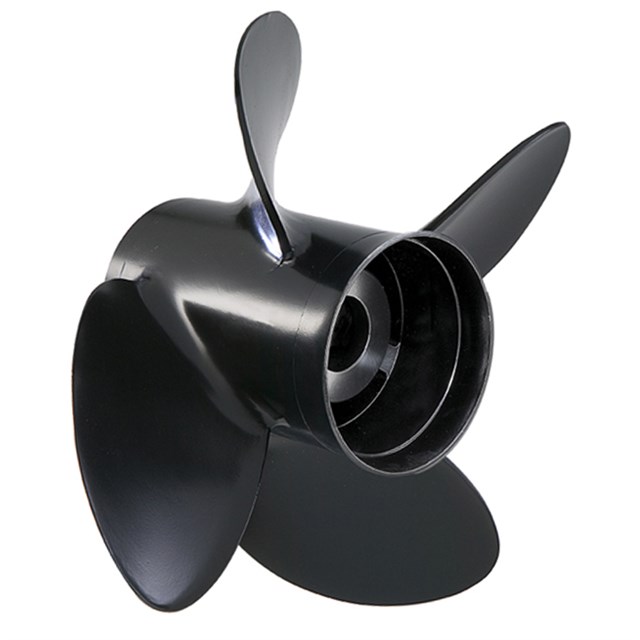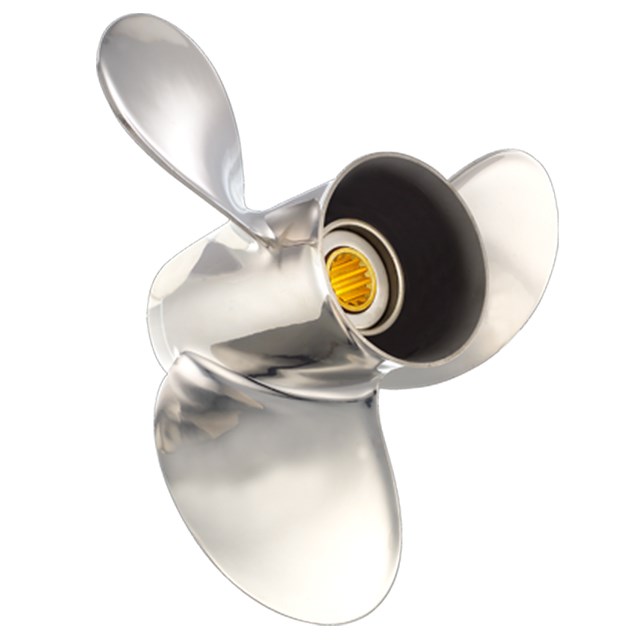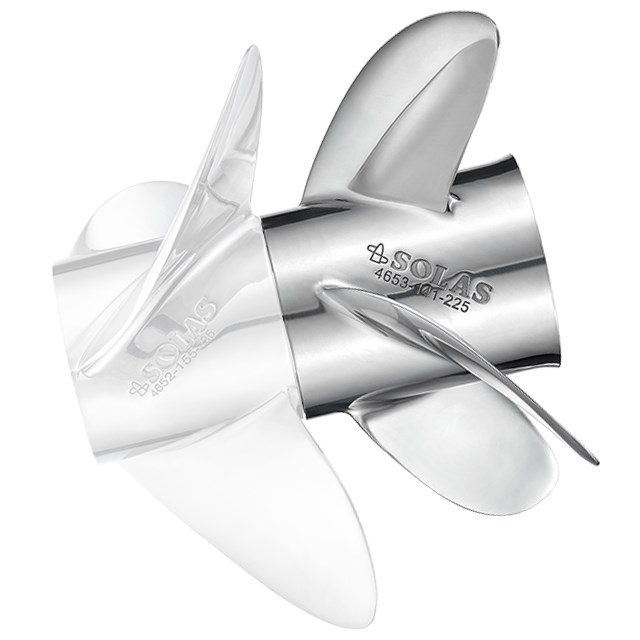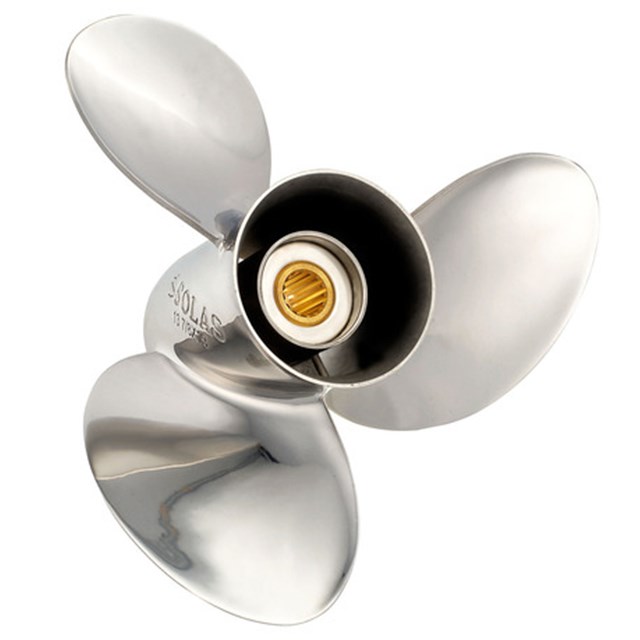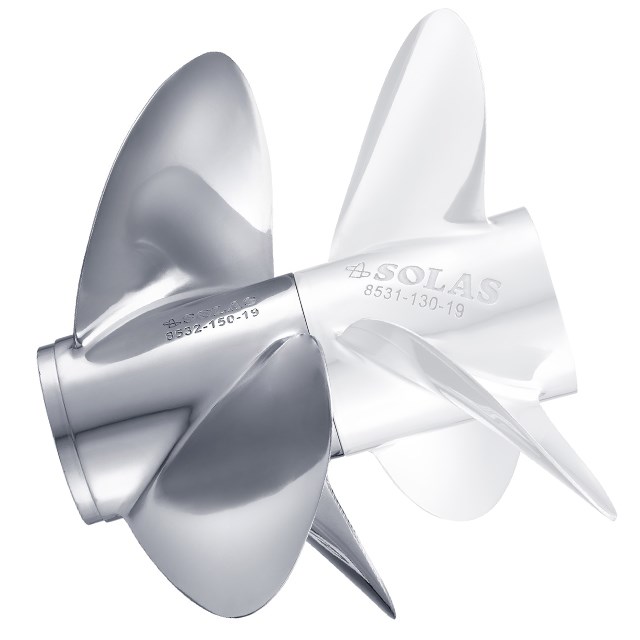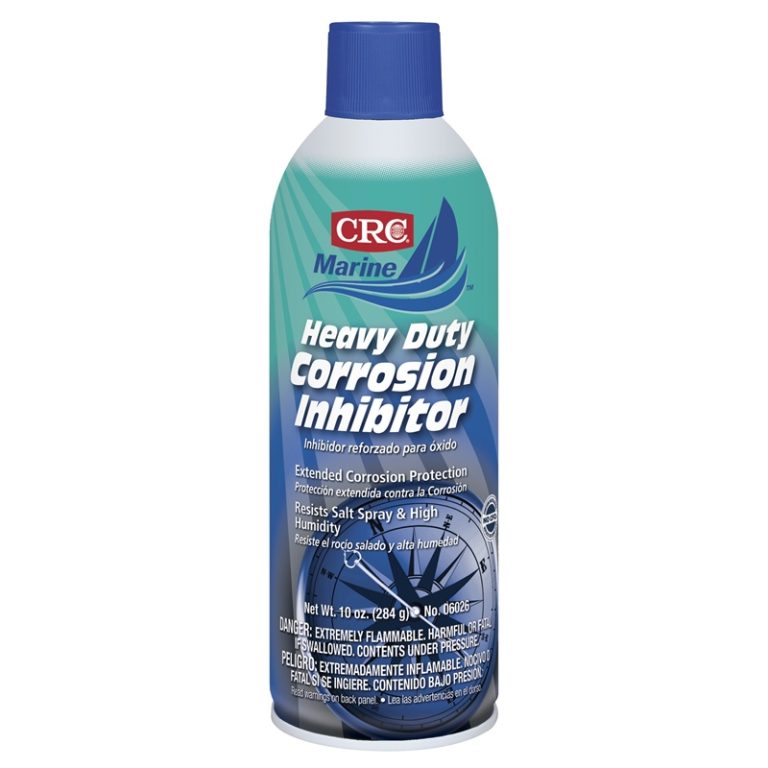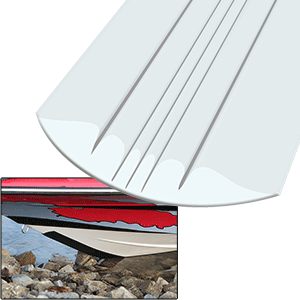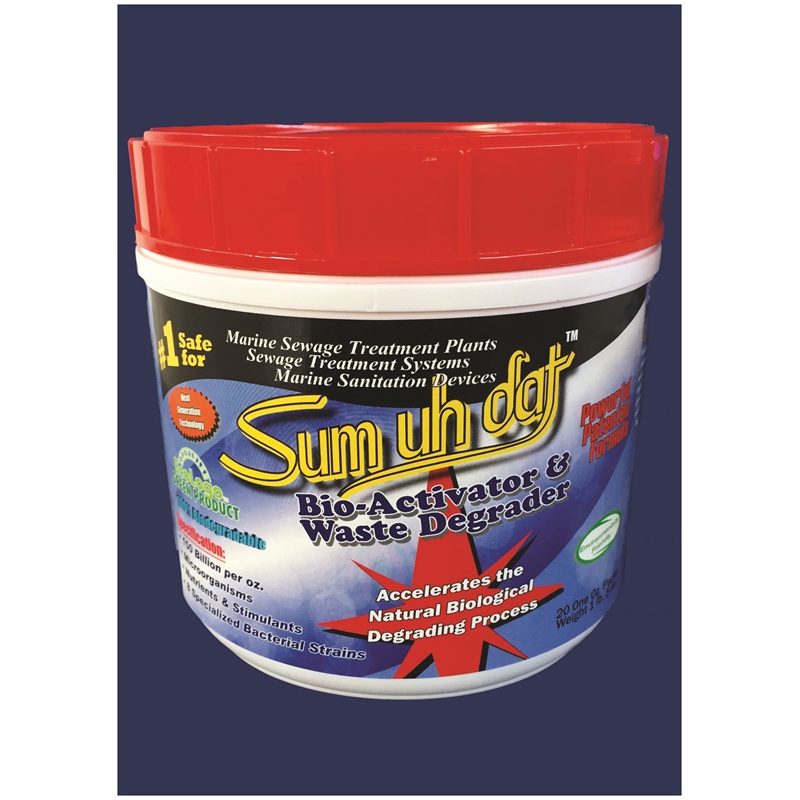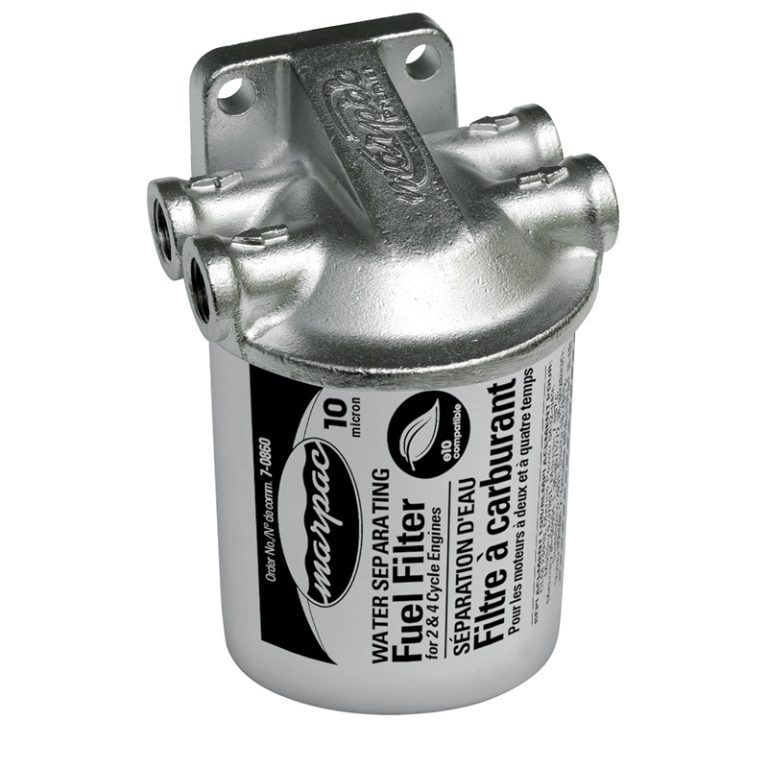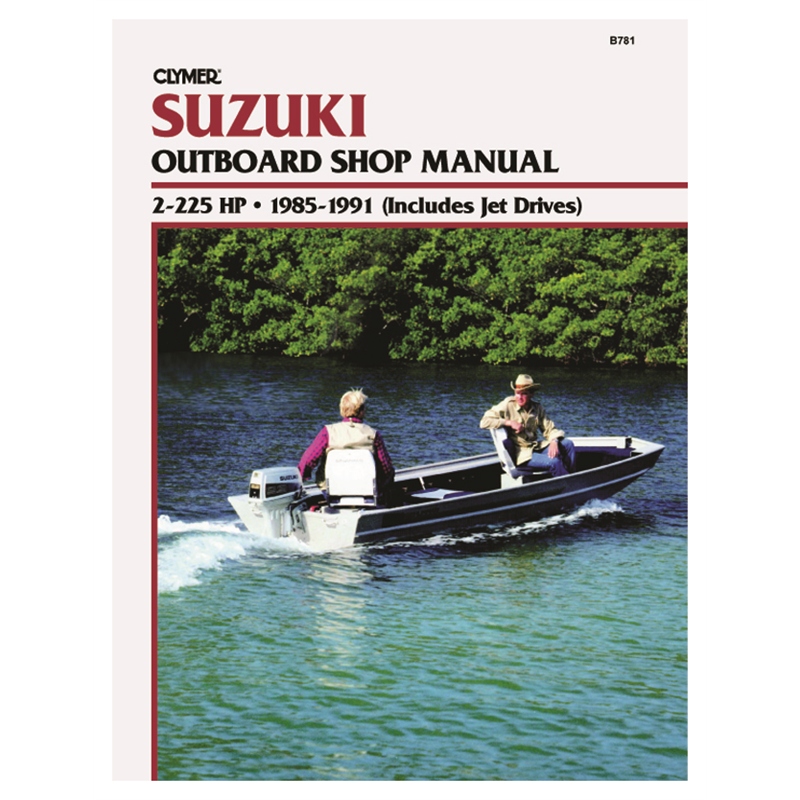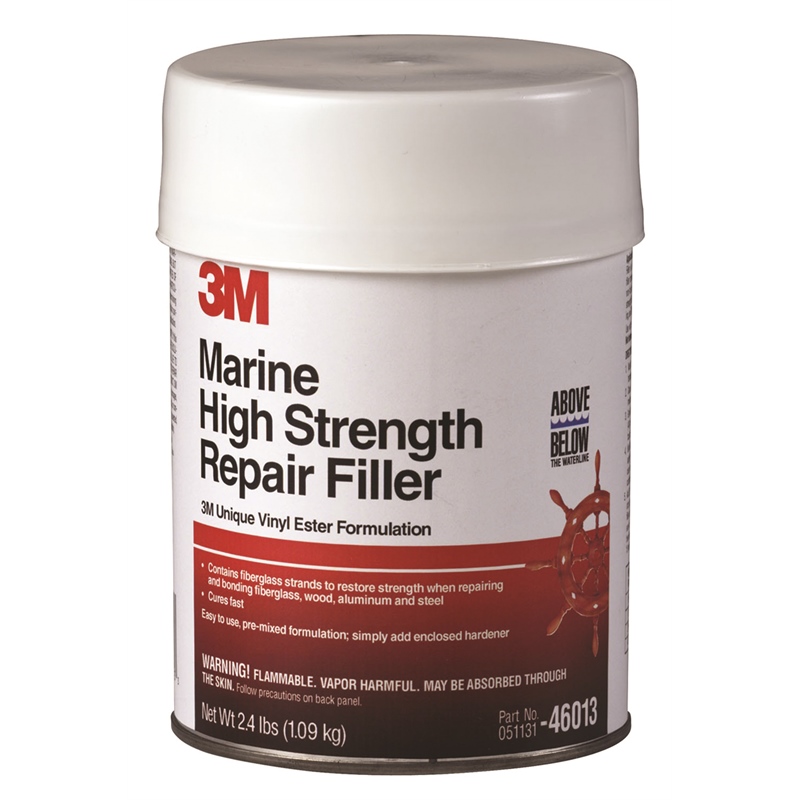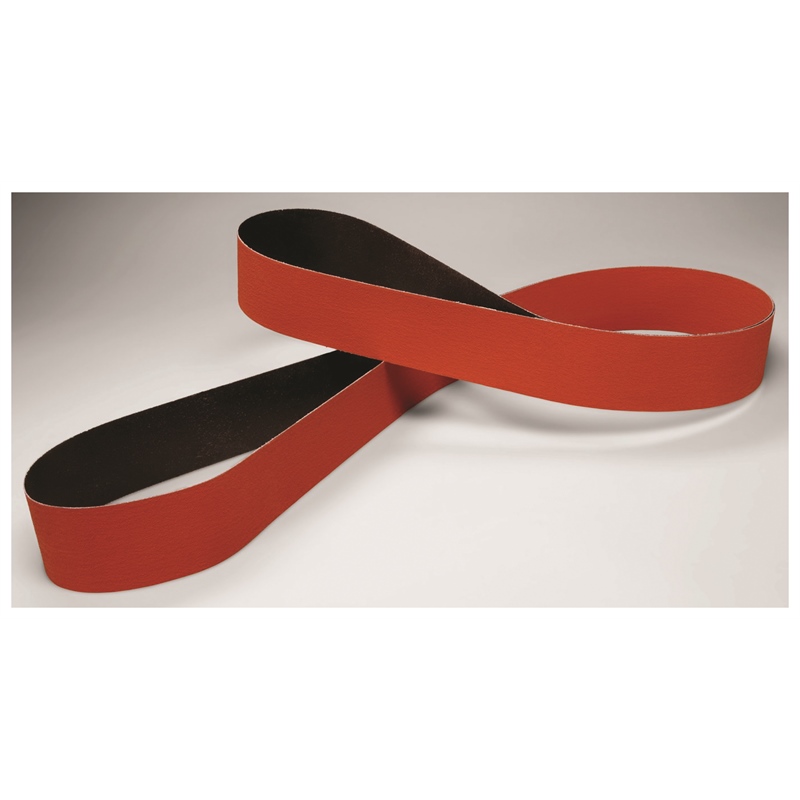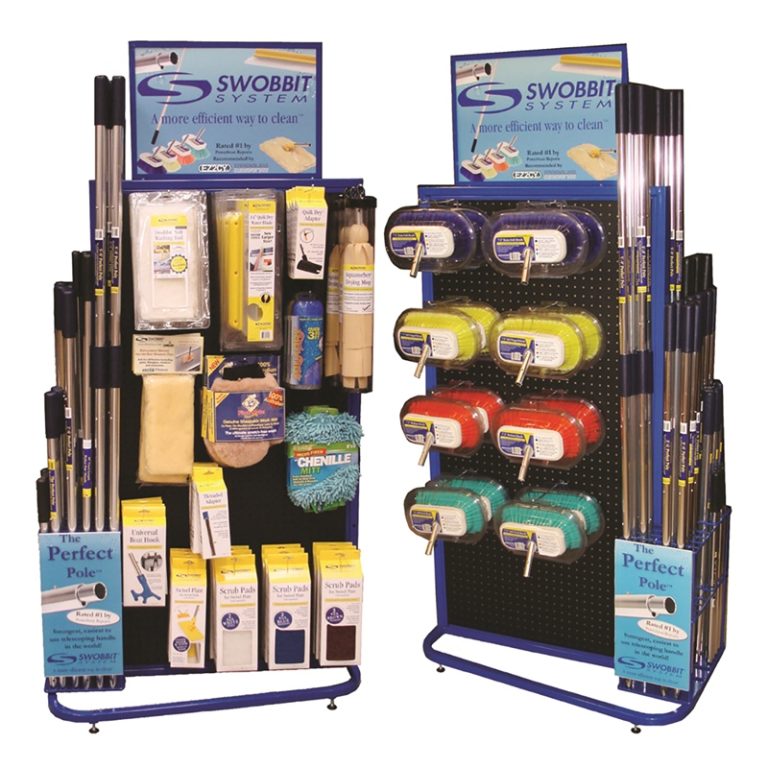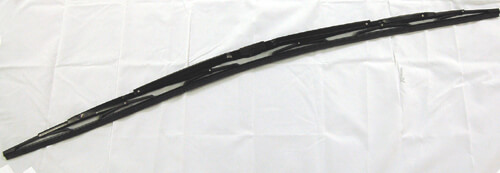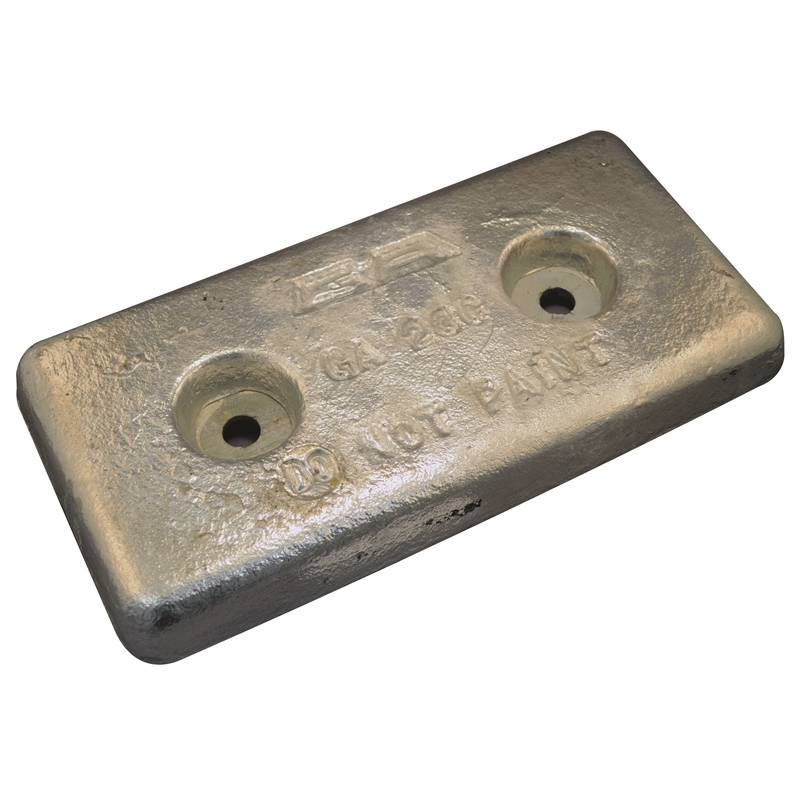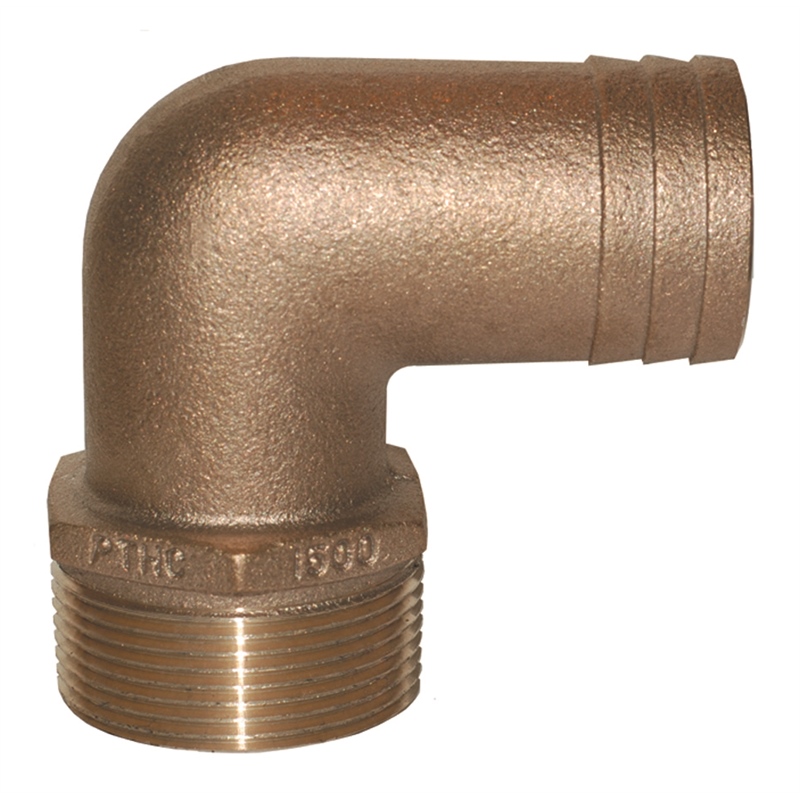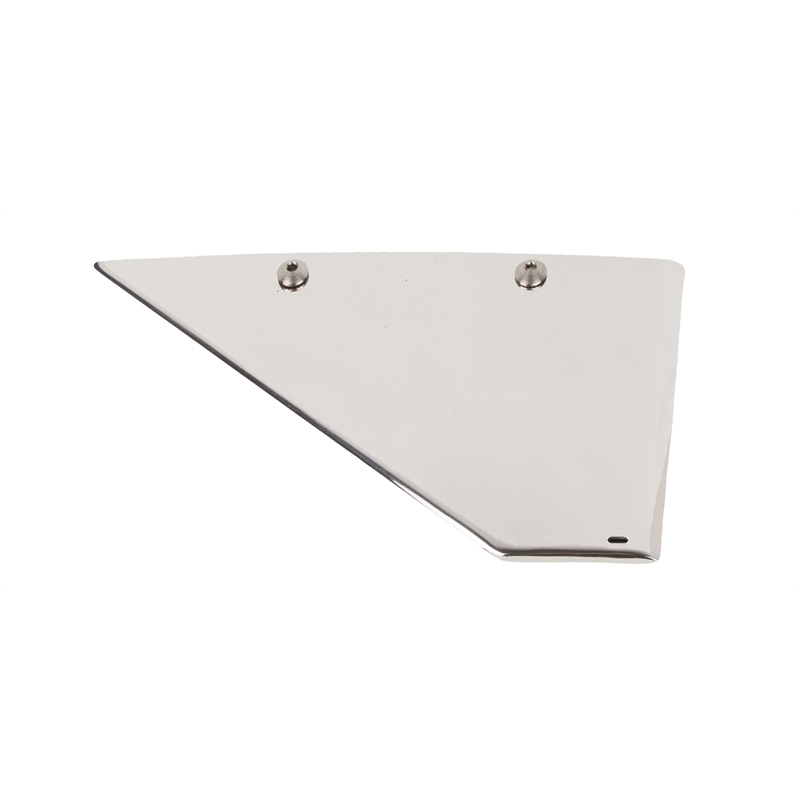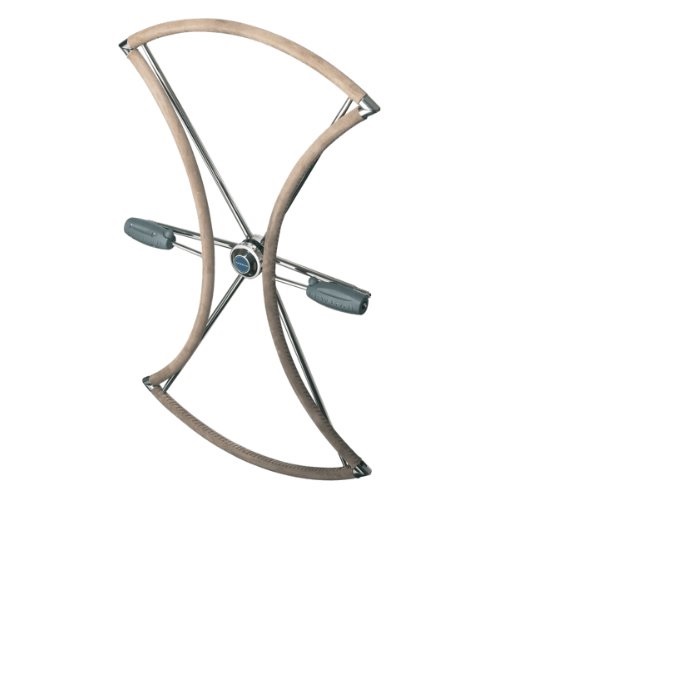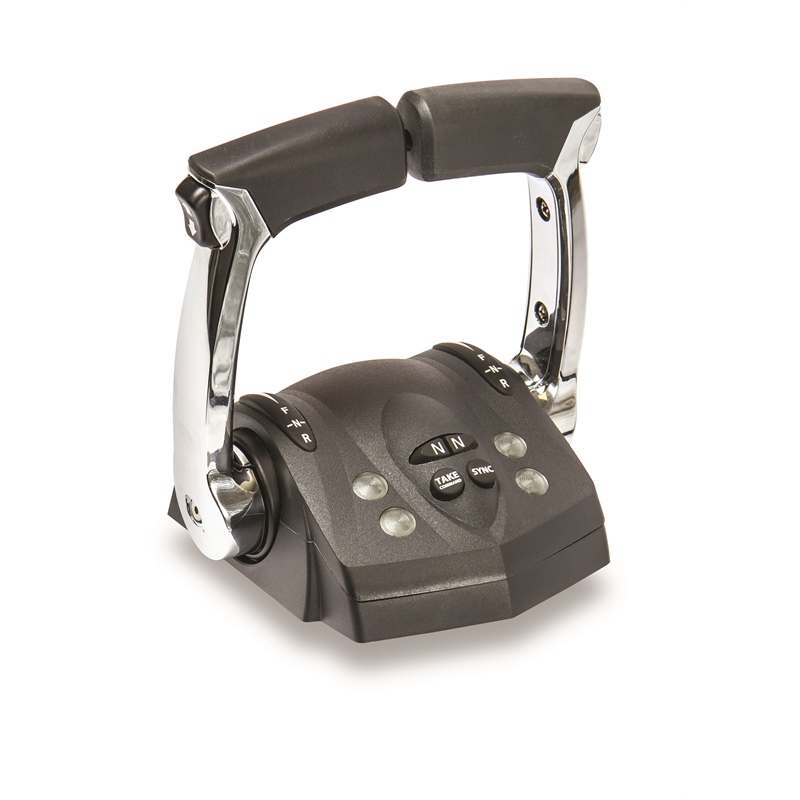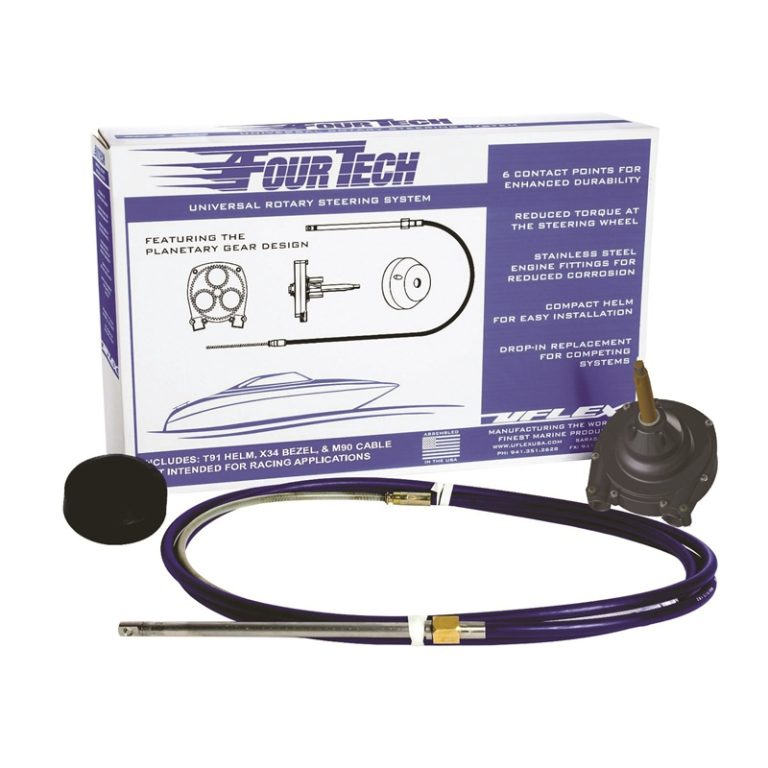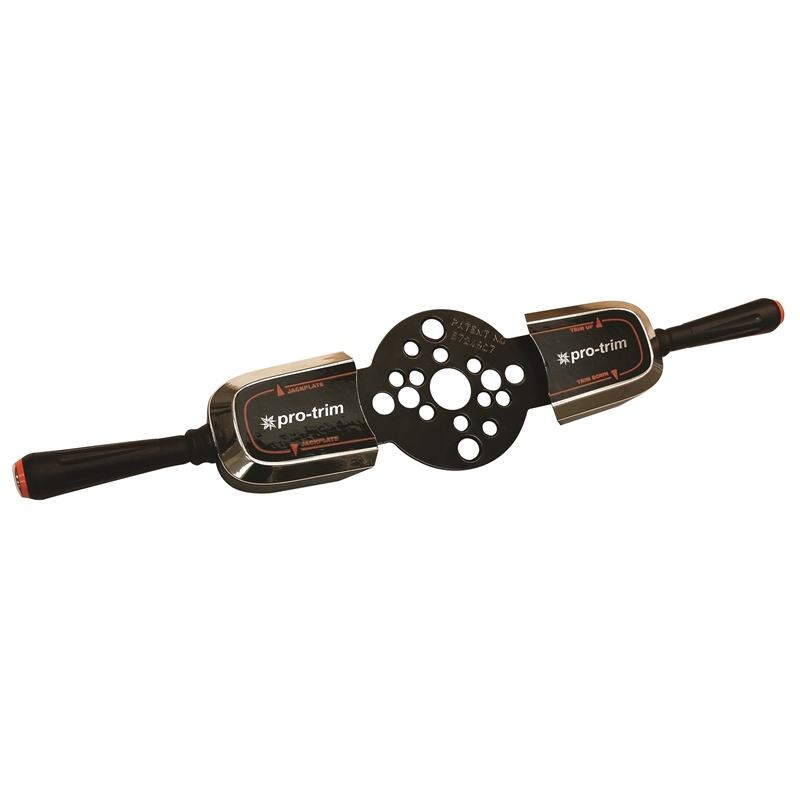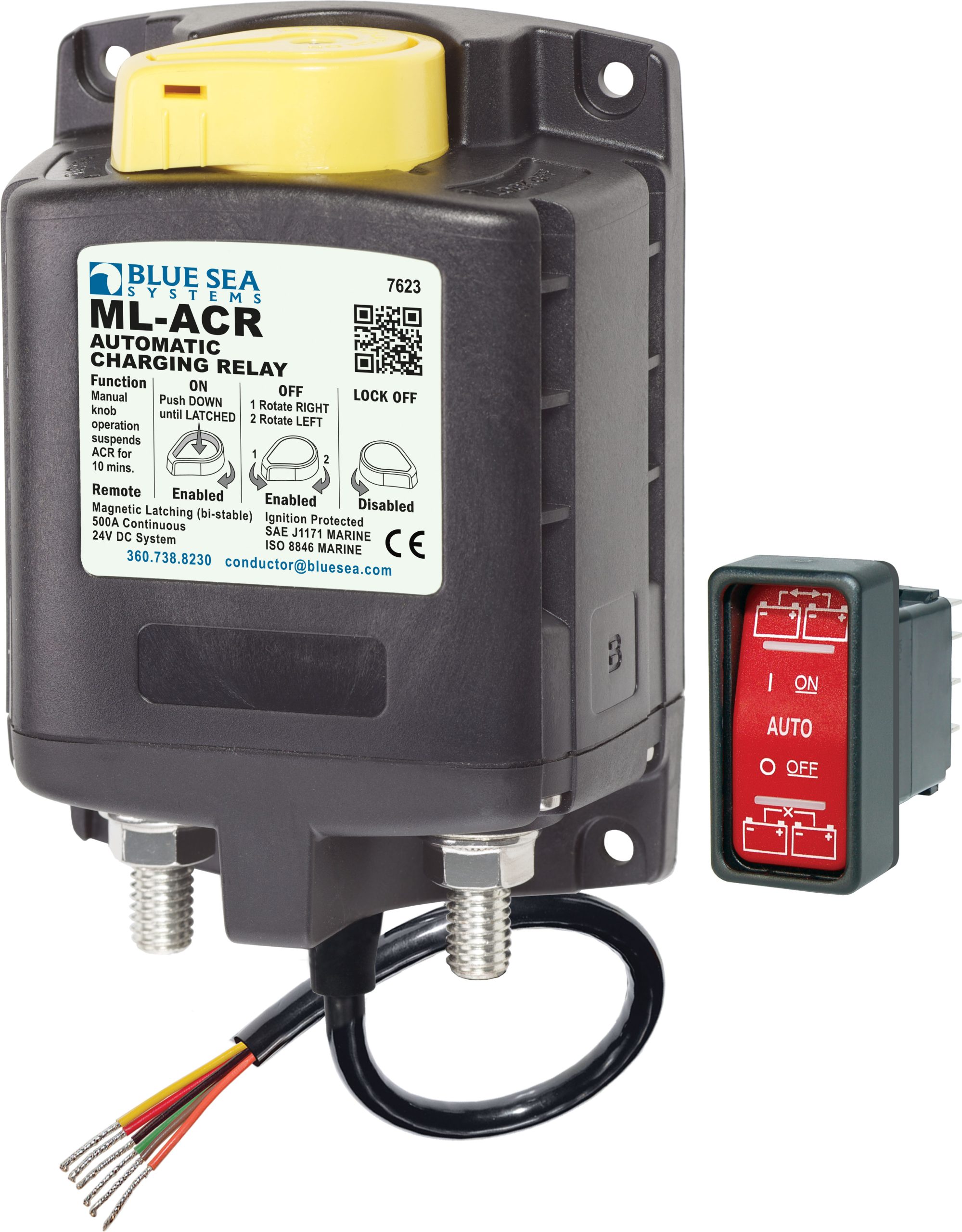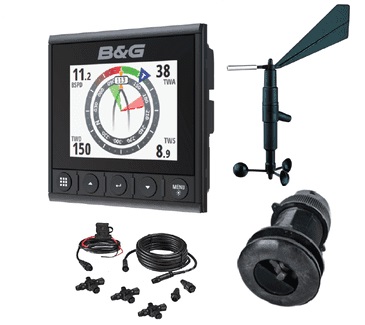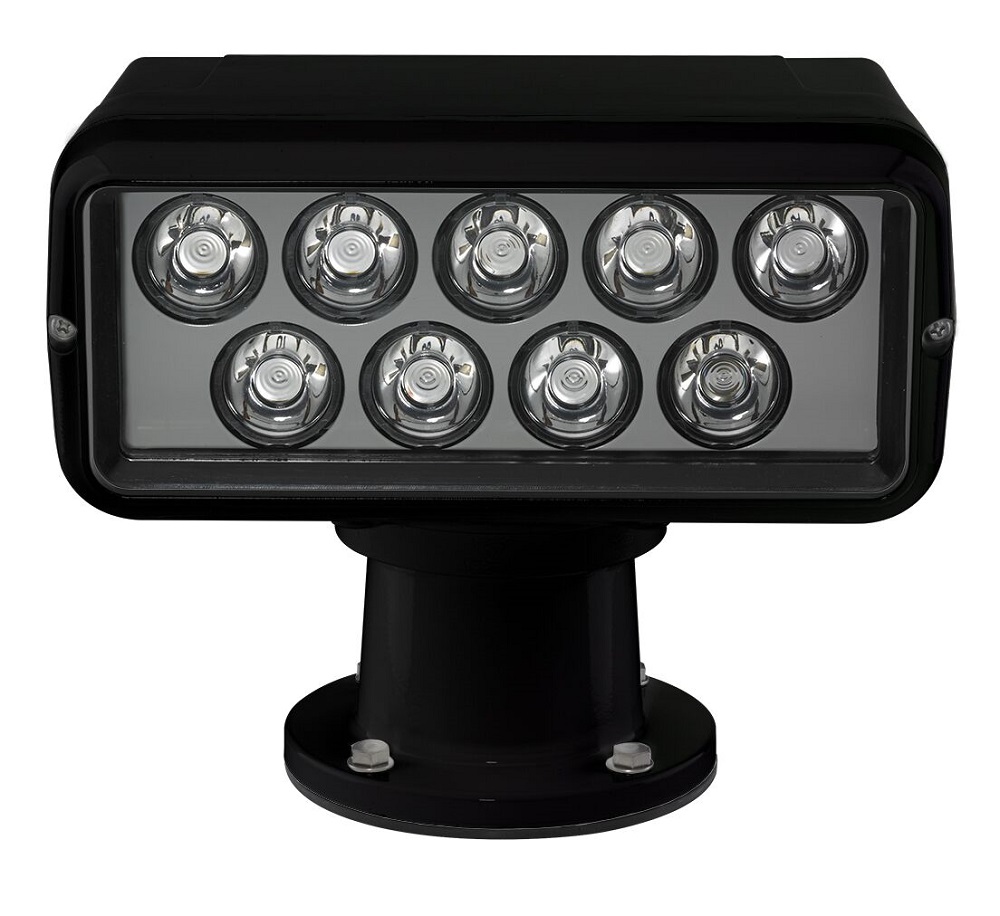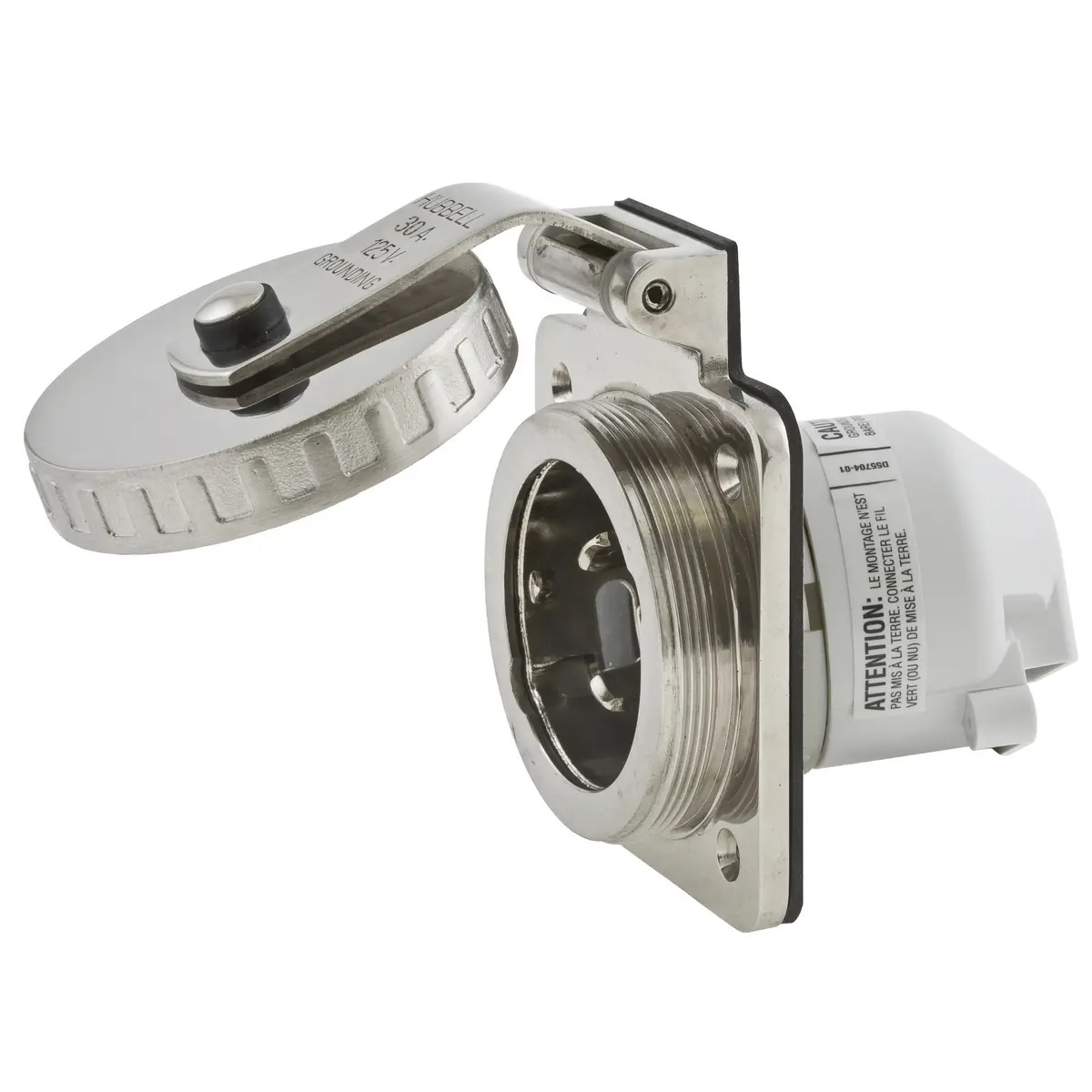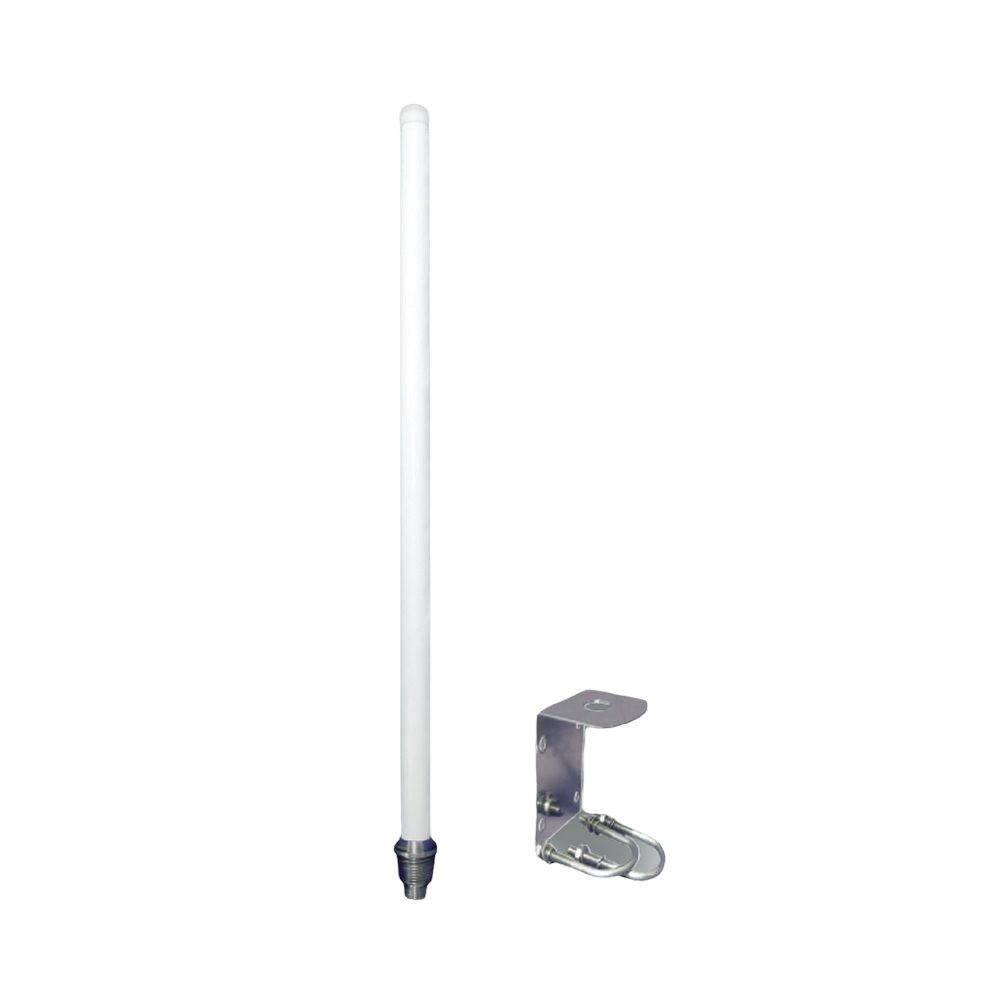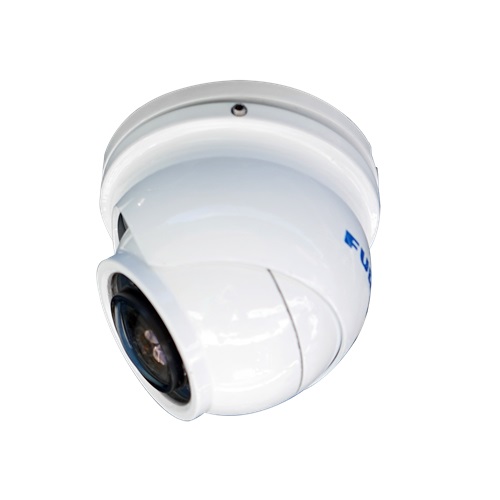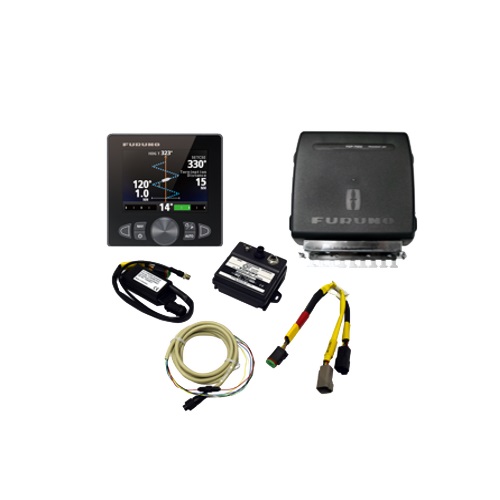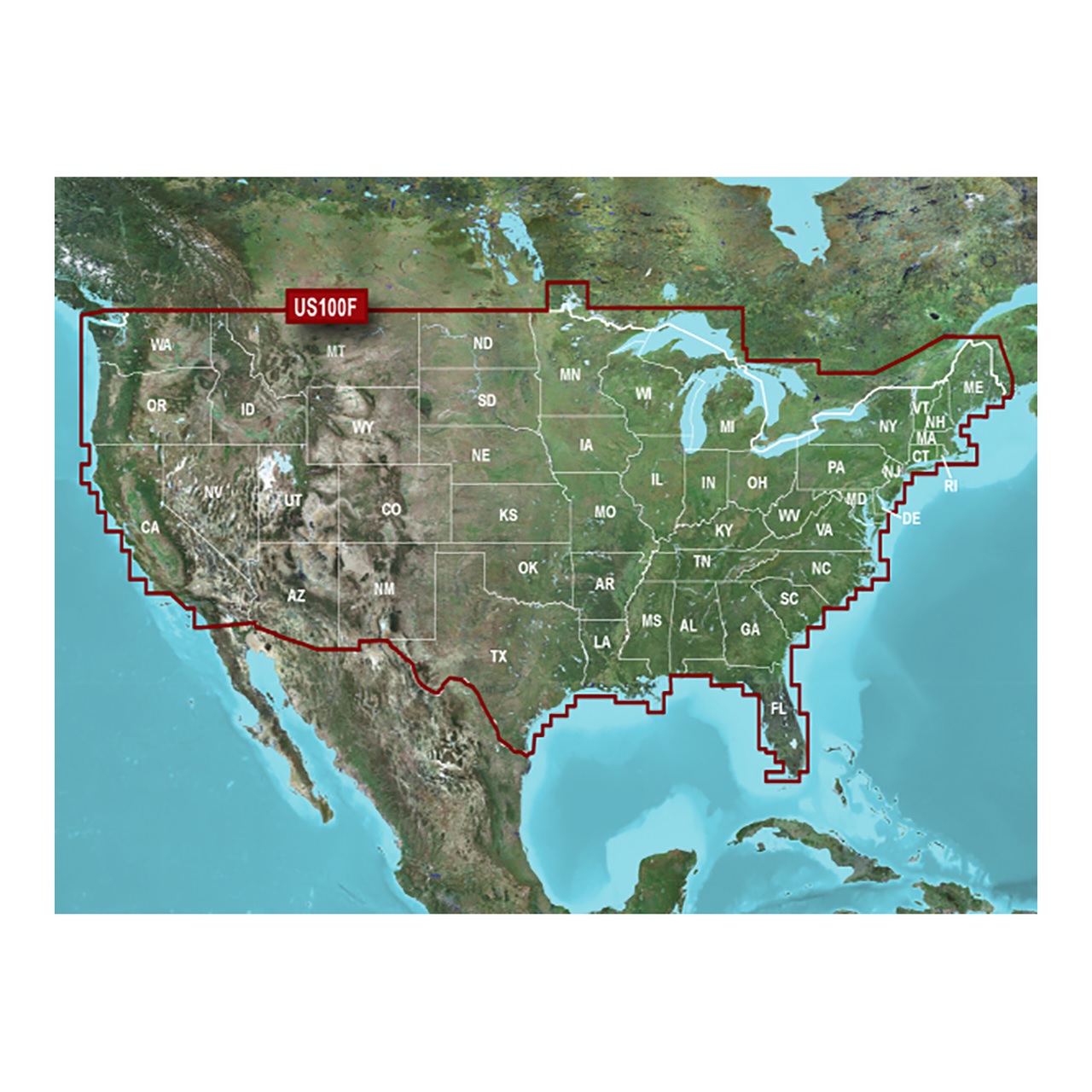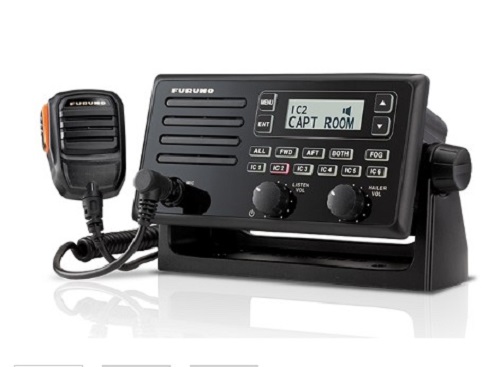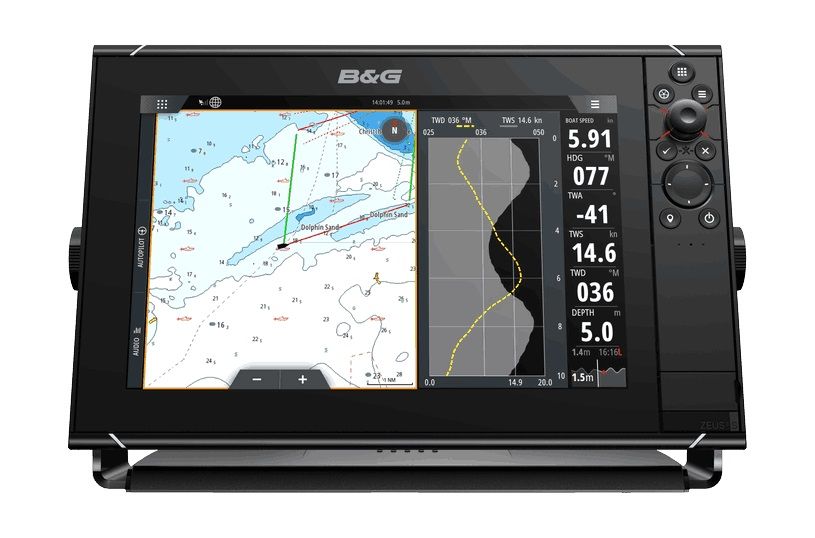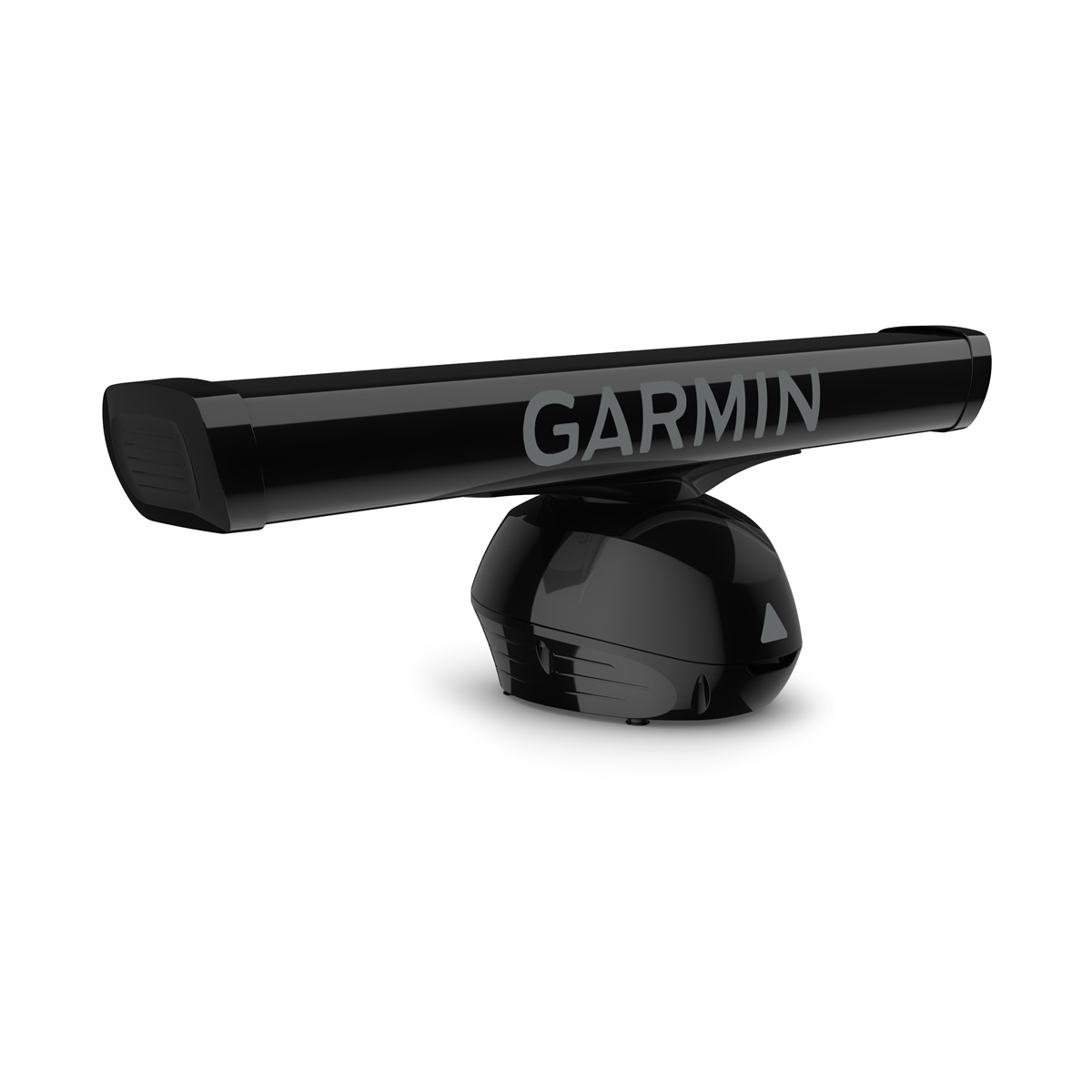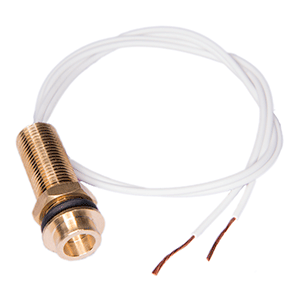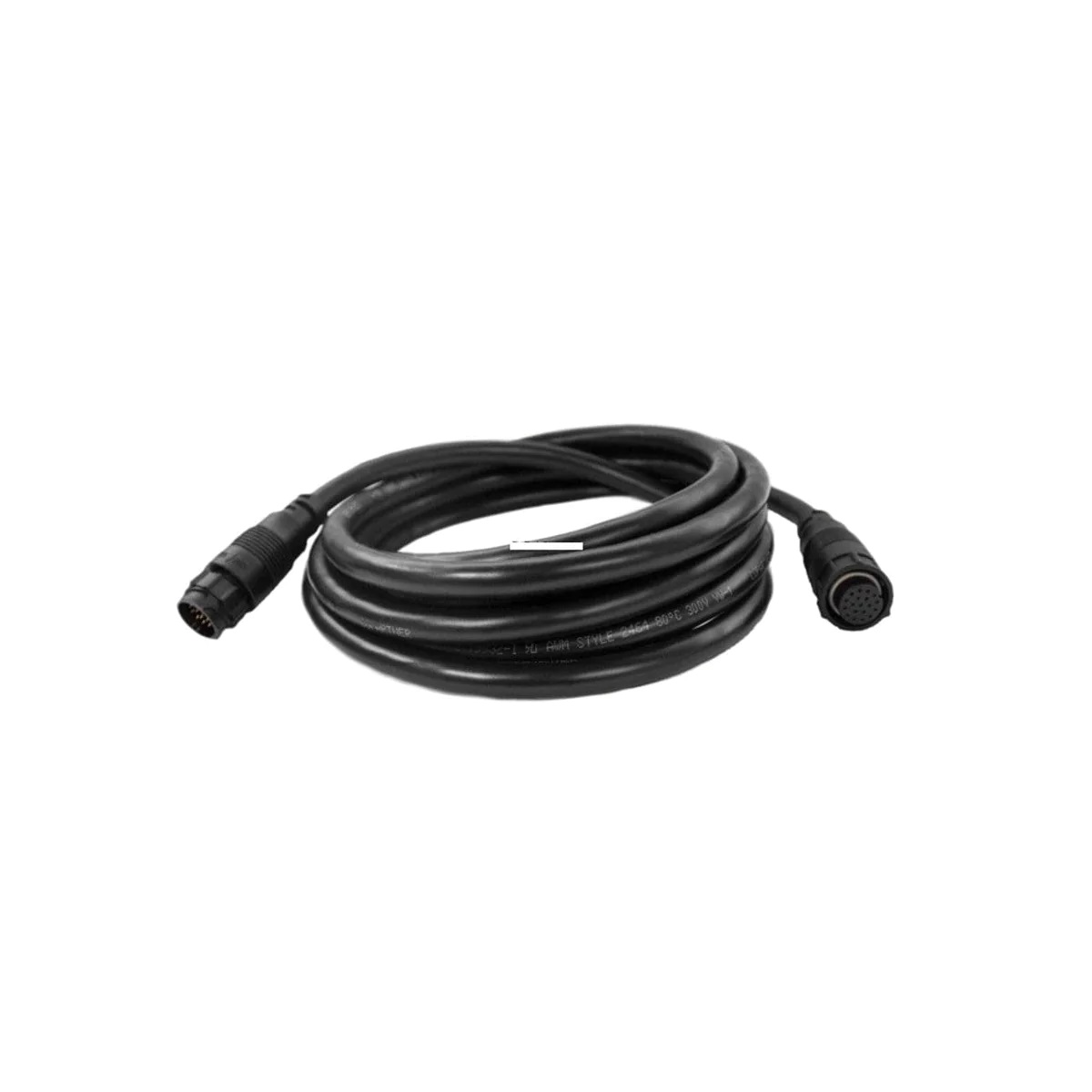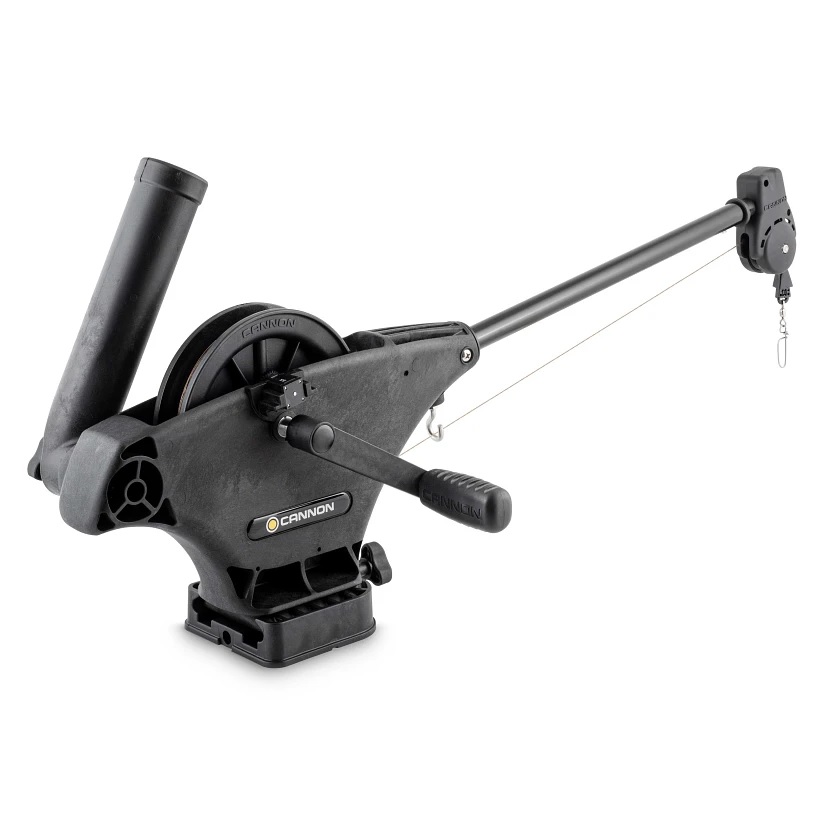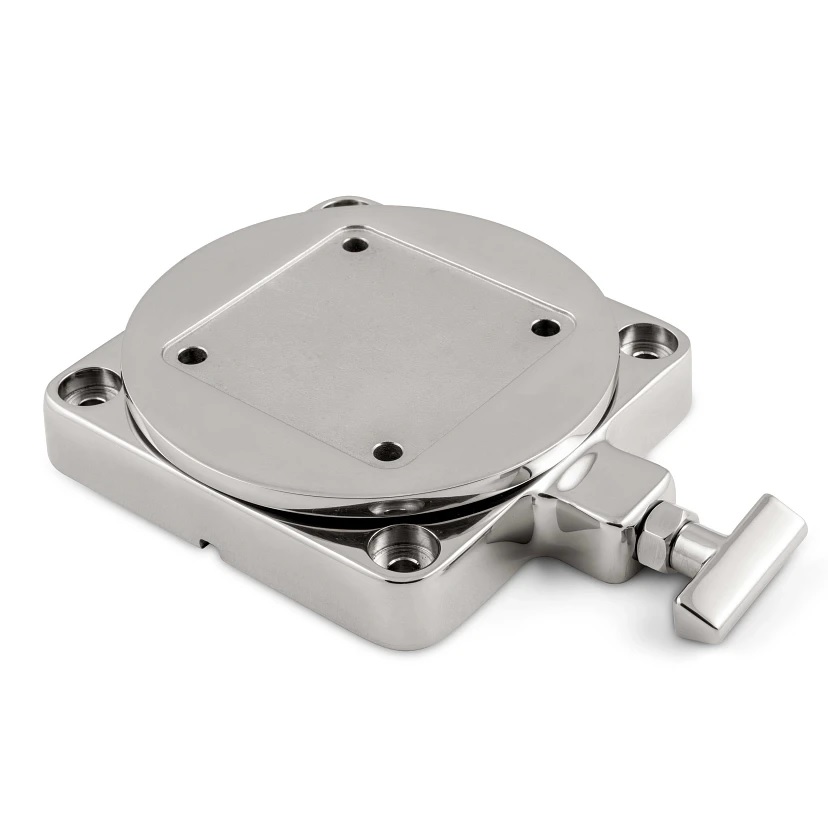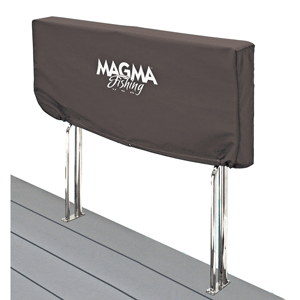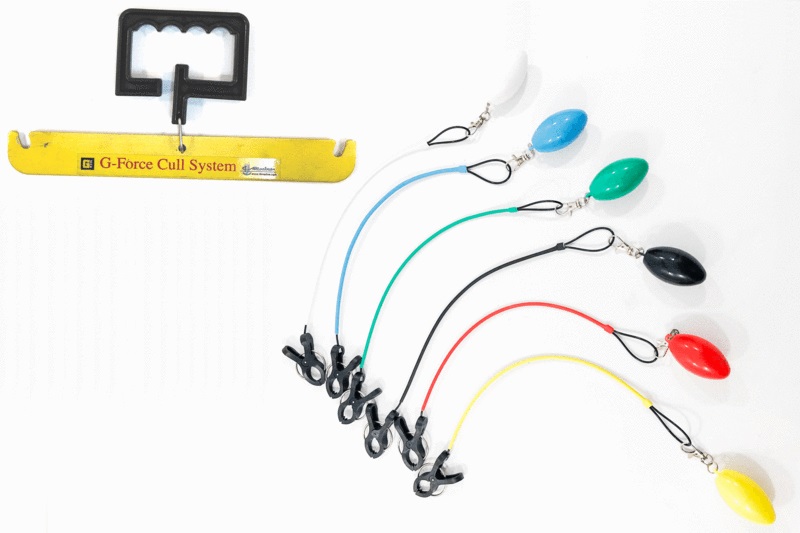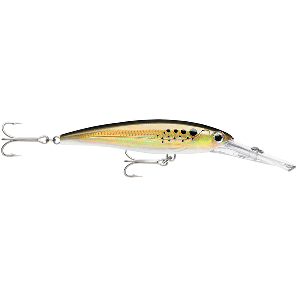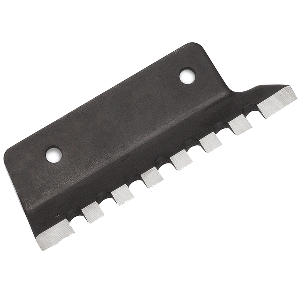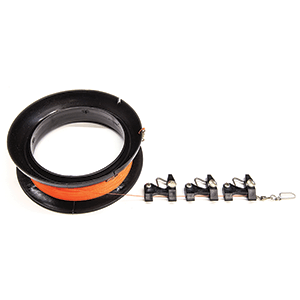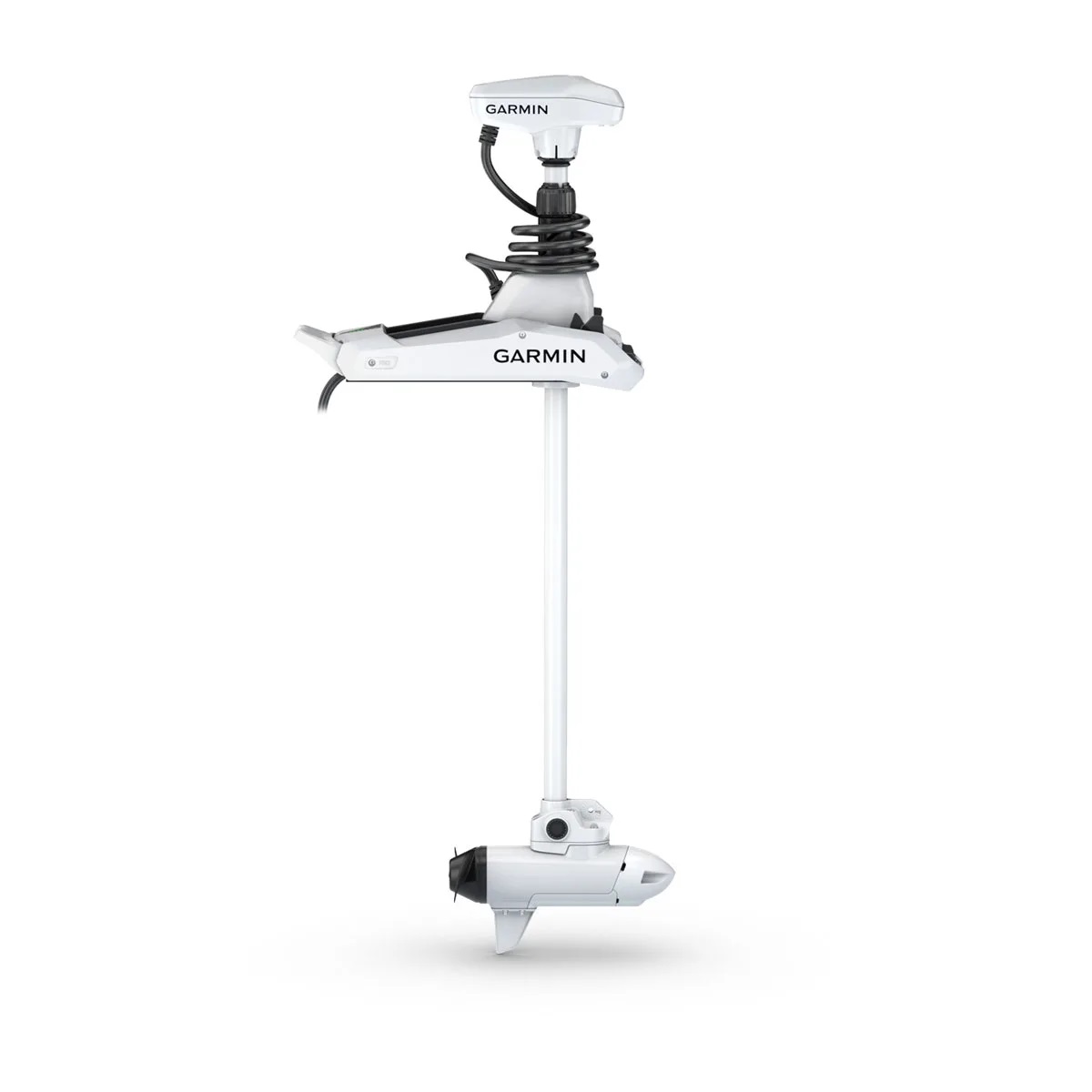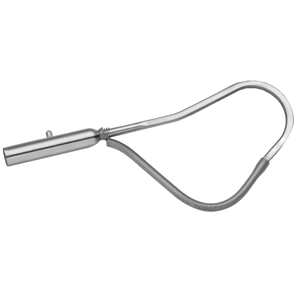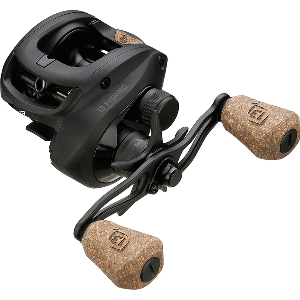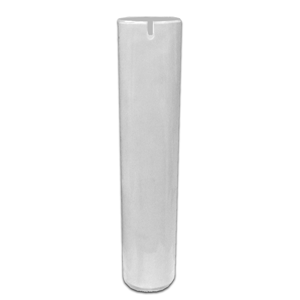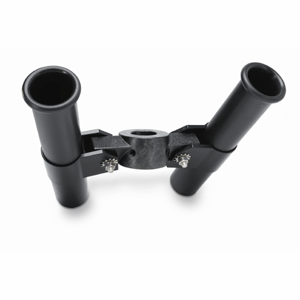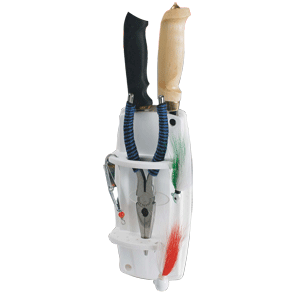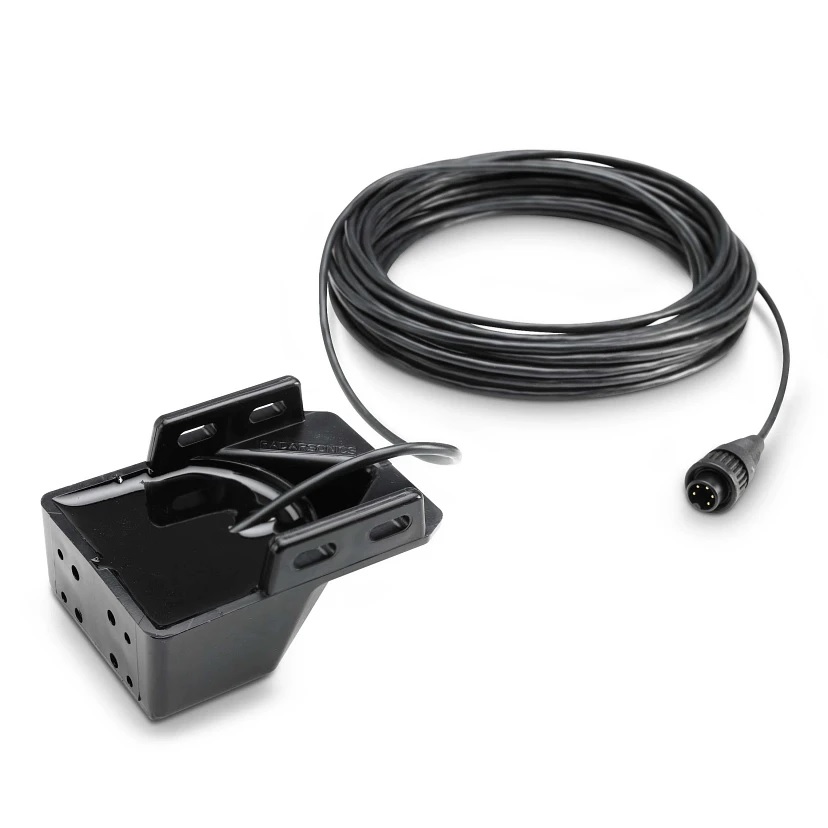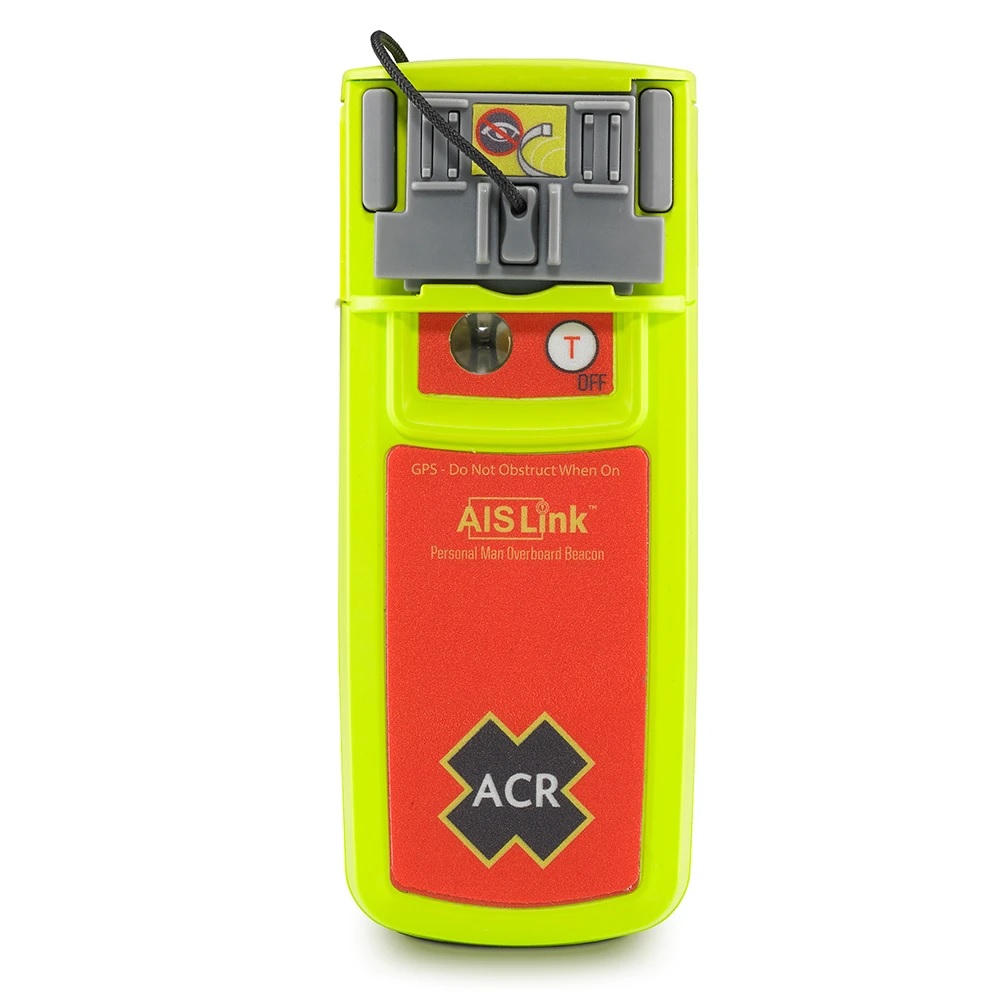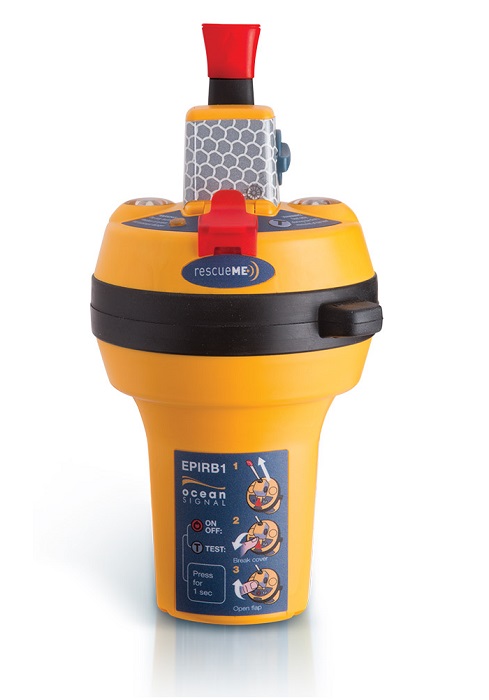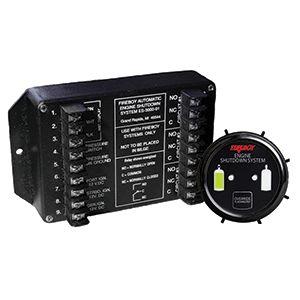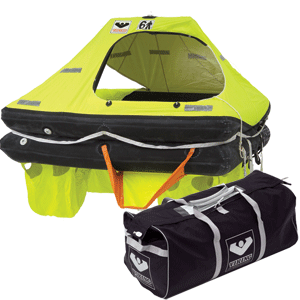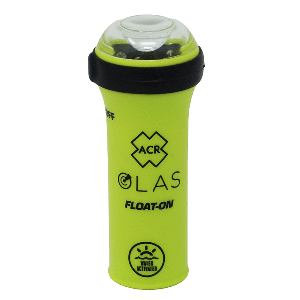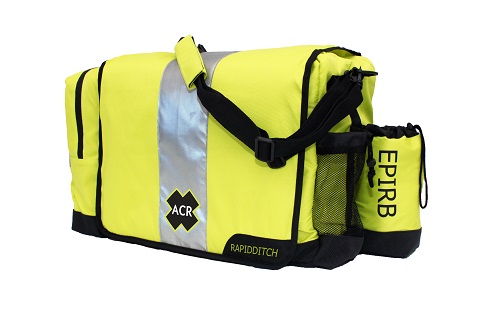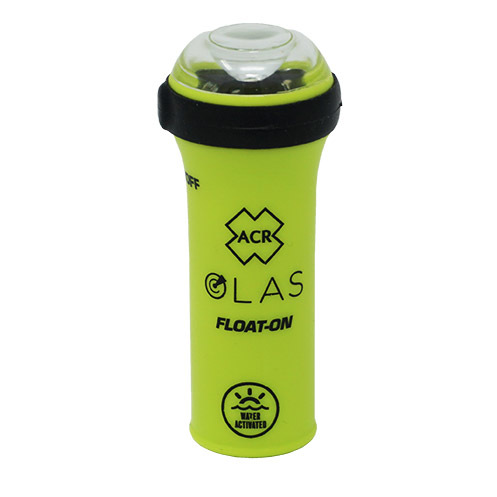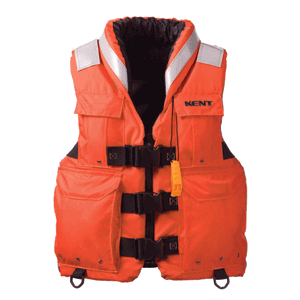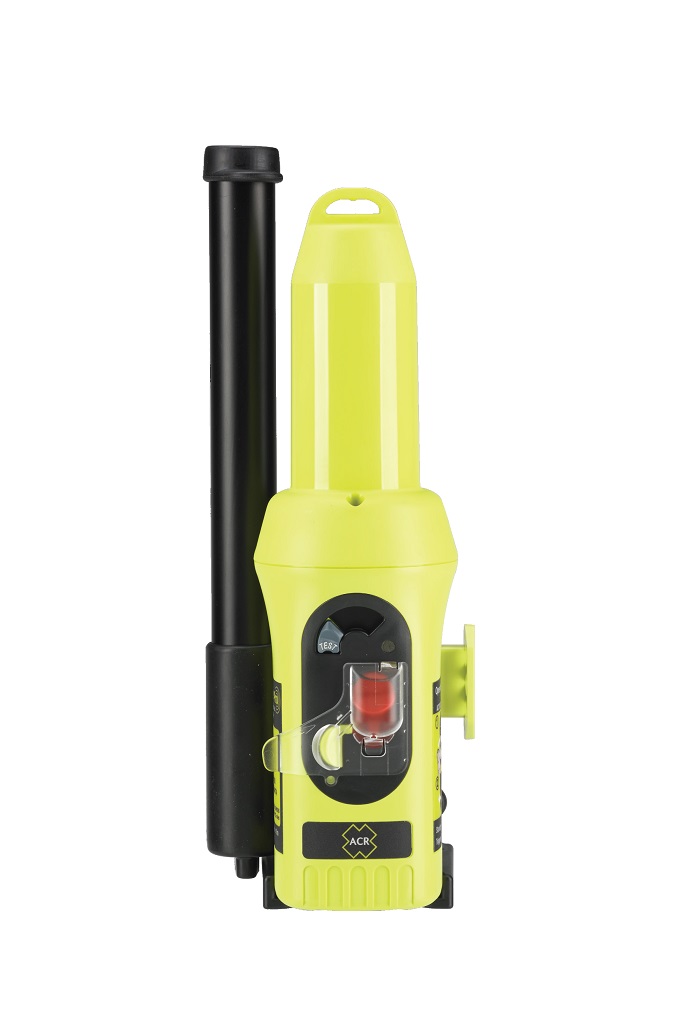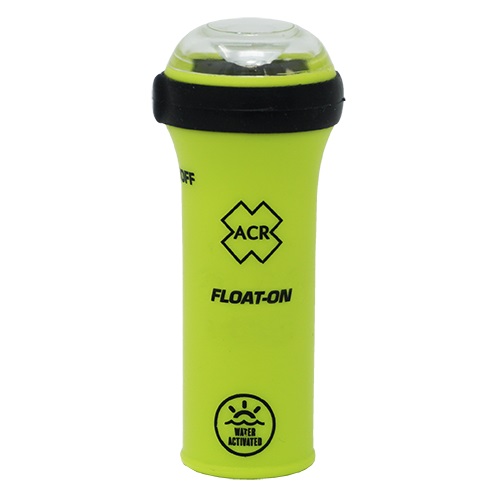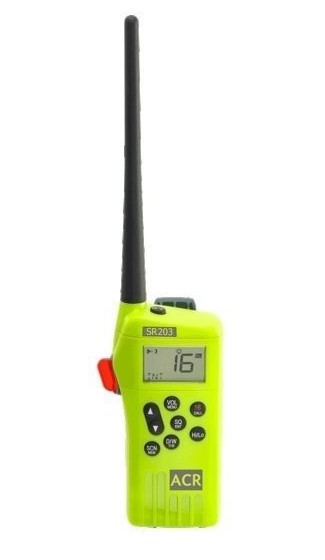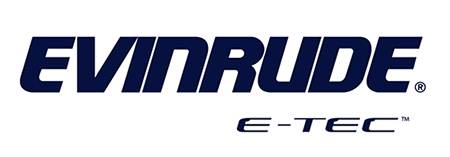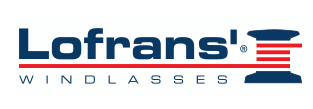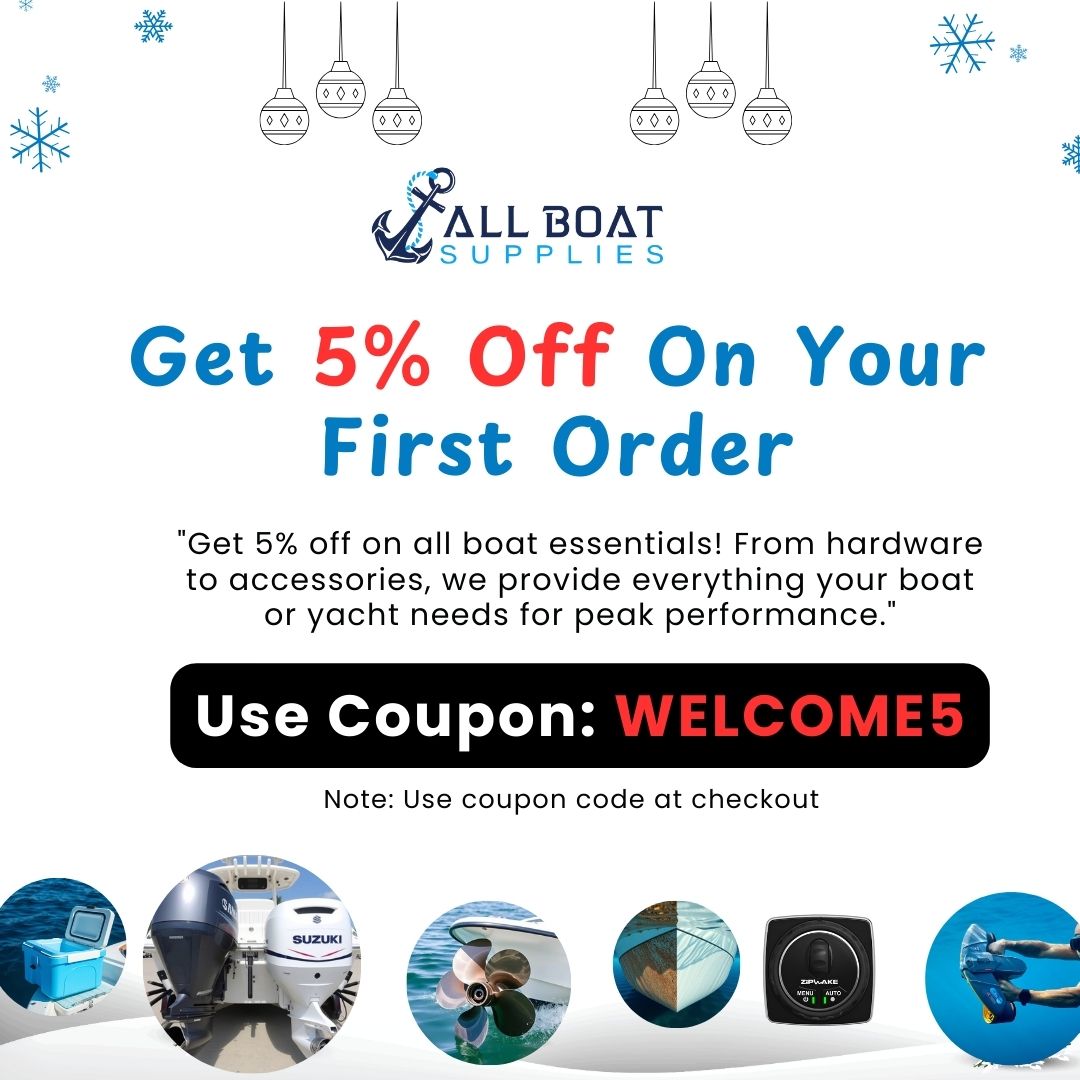Which Yamaha lower units hold up best in freshwater
Introduction
When it comes to powering your boat across serene freshwater lakes, Yamaha lower units have earned a reputation for reliability, performance, and longevity. But not all lower units are created equal. The question that many lake enthusiasts and marine mechanics alike ask is: Which Yamaha lower units hold up best in freshwater lakes?
This comprehensive guide will explore the most durable Yamaha lower unit models specifically suited for freshwater applications, compare performance metrics, provide expert insights, and help you make informed choices to extend the life of your outboard motor.
Overview / What Is a Yamaha Lower Unit?
The lower unit of a Yamaha outboard engine is the submerged portion that transfers engine power to the propeller. It houses essential components like the drive shaft, gearcase, propeller shaft, and water pump. This unit determines how efficiently your engine converts power into propulsion.
In freshwater settings, certain environmental factors—like low salinity, lower sediment content, and seasonal freezing—affect which lower units perform best. Yamaha offers a variety of gear ratios, shaft lengths, and housing types that cater to these unique conditions.
Top Yamaha Lower Units That Excel in Freshwater Lakes
Yamaha F150/F175/F200 Lower Unit Series (2004–2024)
The F150/F175/F200 4-stroke models are highly popular among freshwater anglers and recreational boaters. Built with corrosion-resistant materials and designed for mid- to high-speed efficiency, these lower units feature:
- Advanced anti-ventilation plate design
- Durable stainless-steel water pump housing
- 2.0–2.3 gear ratios for smooth cruising
These models are particularly well-suited for use in larger freshwater lakes like Lake Michigan, Lake Tahoe, or Lake Champlain, where performance and endurance are key.
Yamaha 115–130HP 4-Stroke Lower Units
If you’re operating in smaller freshwater lakes or rivers, the 115–130HP Yamaha models provide the perfect balance of power and efficiency. These are designed for lighter boats, offering:
- Low drag housing design
- Efficient cooling systems
- 18-spline shafts for enhanced torque transfer
They’re known for their affordability and excellent performance in shallow or moderately deep lakes.
Why Some Yamaha Lower Units Last Longer in Freshwater
Freshwater is generally less corrosive than saltwater, but durability also depends on the design and build quality of the lower unit. Here’s why some Yamaha models outperform others:
- Material Selection: Units with stainless steel or zinc-anodized components show reduced corrosion.
- Sealed Bearings: Prevent water intrusion, even in murky or silty lakes.
- Proper Gear Ratios: Optimized ratios ensure smoother shifts and lower strain on internal gears.
Also, Yamaha’s aftermarket lower units—especially from SEI—are built with freshwater compatibility in mind and offer cost-effective replacement options.
Maintenance Tips
To maximize the lifespan of your Yamaha lower unit in freshwater environments, follow these crucial maintenance practices:
- Flush the Engine: Even freshwater can contain algae, mud, and debris that clog cooling systems. Always flush your engine after use.
- Inspect Propeller: Remove and inspect for fishing lines or weeds wrapped around the shaft.
- Check Gear Oil: Milky or dark gear oil signals potential water intrusion.
- Lubricate Fittings: Use marine-grade grease on all zerk fittings and moving parts.
- Winterize Properly: If you’re in a freezing climate, remove the lower unit and drain all water to avoid cracks.
Scheduled inspections every 100 hours or annually can prevent major damage and costly repairs.
How to Choose the Right Yamaha Lower Unit for Your Freshwater Needs
Selecting the right lower unit involves more than just matching horsepower. You should consider:
- Shaft Length: Ensure compatibility with your transom height (15”, 20”, or 25”).
- Gear Ratio: 2.0 or 2.3 ratios are ideal for lake cruising and fuel efficiency.
- Boat Weight: Heavier boats may require beefier, reinforced gearcases.
- Aftermarket vs OEM: High-quality aftermarket units, like those from SEI, are built to OEM specs but often at a lower cost.
Use online compatibility tools or consult your local Yamaha marine technician to ensure you purchase the correct model.
Common Troubleshooting Tips for Yamaha Lower Units
Even the best Yamaha lower units can experience issues. Here are common freshwater-related problems and how to solve them:
Excessive Vibration While Cruising
This could mean a bent propeller shaft or worn gears. Pull the prop and inspect for damage. If wobbling persists, have the lower unit bench-tested.
Milky Gear Oil
This indicates water intrusion. Replace the drain plug washers and refill with fresh marine-grade gear oil. If the problem persists, you may need a full reseal.
Whining or Clunking Noise
Often caused by incorrect gear lash or a stripped gear tooth. Disassemble the lower unit and inspect for wear. Replacements may be necessary.
Expert Advice and Pro Recommendations
We consulted several marine professionals and boat mechanics who specialize in Yamaha lower units. Their advice:
- Always use OEM oil and seals: Aftermarket fluids may compromise the integrity of Yamaha’s internal components.
- Install a water pressure gauge: Monitoring water flow can help identify early pump failures.
- Use tilt and trim correctly: Improper use causes unnecessary strain on the shaft and bearings.
These tips ensure your Yamaha lower unit remains reliable even during peak lake season.
Detailed FAQ Section
What is the best Yamaha lower unit model for freshwater use?
The Yamaha F150/F175/F200 series offers exceptional performance in freshwater lakes. These models combine high durability, efficient gear ratios, and advanced corrosion resistance—ideal for mid to large-size boats. Many freshwater anglers prefer these models for their balance of fuel economy and torque. If you operate on a medium-sized lake, the 115–130HP units provide more affordable, yet still reliable, alternatives.
How do I maintain my Yamaha lower unit in a freshwater environment?
Flush your engine thoroughly after each use. Even though freshwater is less corrosive than saltwater, debris and algae can clog the cooling system. Replace gear oil every 100 hours or annually, whichever comes first. Inspect the propeller regularly and ensure seals are intact to avoid water intrusion. Winterize your unit before freezing temperatures to prevent damage.
Are aftermarket Yamaha lower units good for freshwater lakes?
Yes, especially SEI aftermarket units designed for Yamaha engines. These often match OEM specifications and offer significant cost savings. In freshwater settings, these units hold up well when properly maintained. Always ensure proper compatibility with your boat’s shaft length and gear ratio before purchasing.
Can I repair a Yamaha lower unit myself?
Basic maintenance like changing gear oil, replacing prop seals, or inspecting the prop can be done at home. However, internal gear or bearing replacement requires specialized tools and knowledge. It’s best to consult a certified Yamaha technician for complex repairs to avoid causing further damage.
How much does it cost to replace a Yamaha lower unit for freshwater use?
OEM Yamaha lower units range between $2,000–$4,000, depending on the model. Aftermarket options can start from $1,200. Labor costs for professional installation may add $300–$500. Long-term, investing in a corrosion-resistant and well-sealed unit saves on repair and replacement costs over time, especially in freshwater lakes where seasonal freezing and algae can create hidden wear issues.
Special Offer
WELCOME5 – Get 5% off storewide at allboatsupplies.com
And up to 10% additional off on all lower units:
Yamaha Aftermarket Lower Unit Replaces 75-100HP (2 & 4 Stroke) – 2.0/2.3 Gear Ratios, 18 Spline, 20/25″ Shafts – SEI-90-404
Yamaha Aftermarket Lower Unit Replaces 115-130HP 4-Stroke – Fits 20/25″ Shafts – SEI-90-405
Yamaha 90° Aftermarket Lower Unit Replaces 150-200HP (2 & 4 Stroke) – Fits 20/25″ Shafts – SEI-90-416
Yamaha 150–200HP Lower Unit 4-Stroke – 20/25″ Shaft – F150/F175/F200 Series (2004–2024) – New/Remanufactured – YA-G4-06
Conclusion
Choosing the right Yamaha lower unit for freshwater lakes is essential for optimal performance, longevity, and peace of mind. Whether you opt for an OEM model or a trusted aftermarket unit, understanding your boat’s needs, maintaining your equipment, and using expert-backed tips will keep your lower unit running smoothly for years. Explore quality lower units and take advantage of current offers at allboatsupplies.com today.
Read More
For more helpful marine maintenance guides, check out our article on Which Lower Unit Fits My Yamaha F150? [Compatibility Chart Inside].
